by Luis Cotovio

An opening sequence, in anime as in most visual media, is a showcase for whatever they’re introducing. For Yamato 2199‘s opening sequence, general director Yutaka Izubuchi recruited the talent of anime Uber-Director Hideaki Anno, another lifetime Yamato fan, to create the storyboards. At one time during pre-production, Anno was in line to direct 2199 but a little known project called… Evangelion (or something like that) required his attention to be Rebuilt. Fans may debate over wether or not that was a good thing, since Anno, through both Evangelion and many of the Gainax projects he was involved in, has become known as a master of mind-bending anime. Yamato 2199 might have suffered from such direction. But I digress…
Anno tackled the Opening Sequence as an homage to the original series’ main title while at the same time giving it a bit more excitement and flare. Love it as we do, Yamato‘s ’74 OP is a bit…shall we call it…dull? The theme by Hiroshi Miyagawa and vocals by Isao Sasaki are filled with energy and fire, but the visuals kind of downplay that – at least by later standards.
Below we examine what was reused, what is new, and some trivia you may not have noticed. For ease of description, I’ve broken the sequence into 3 parts. Click on the images with characters in them to see the amazing key frame art by Character Designer Nobuteru Yuuki.
Part 1: “Farewell, Earth. The ship in which we sail is Space Battleship Yamato.”
The original had a few different versions of the opening. The main difference was in the music, with the visuals remaining unaltered except for a couple of minor aesthetic changes. The only major alteration was the final shot of Yamato flying away, which was replaced by a slightly different one for the final six episodes.
2199 had two main versions of the opening. The first was used in episodes 3 – 9 and 26, while the second was used from episodes 10 – 25. As mentioned in the commentary pages, episodes 1 and 2 had no opening title. Curiously, the original series also had two episodes without: 22 and 26. Episode 22 did run the sequence as its closing title, and with two altered shots at the beginning.
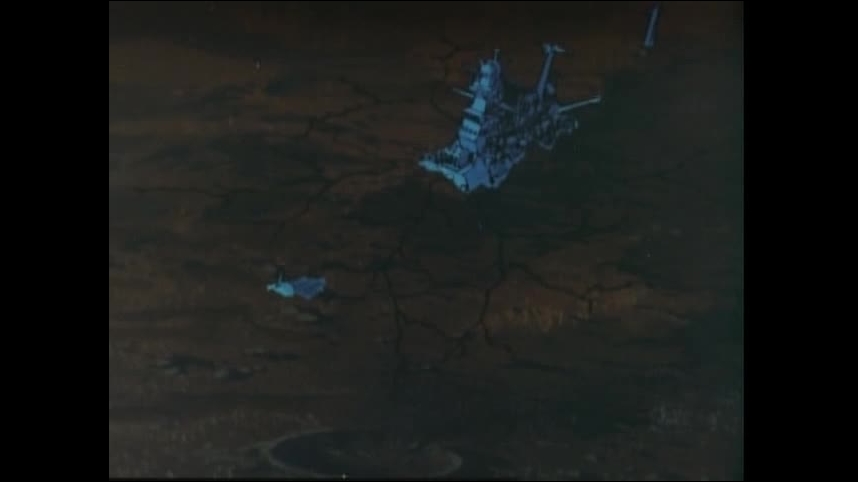 |
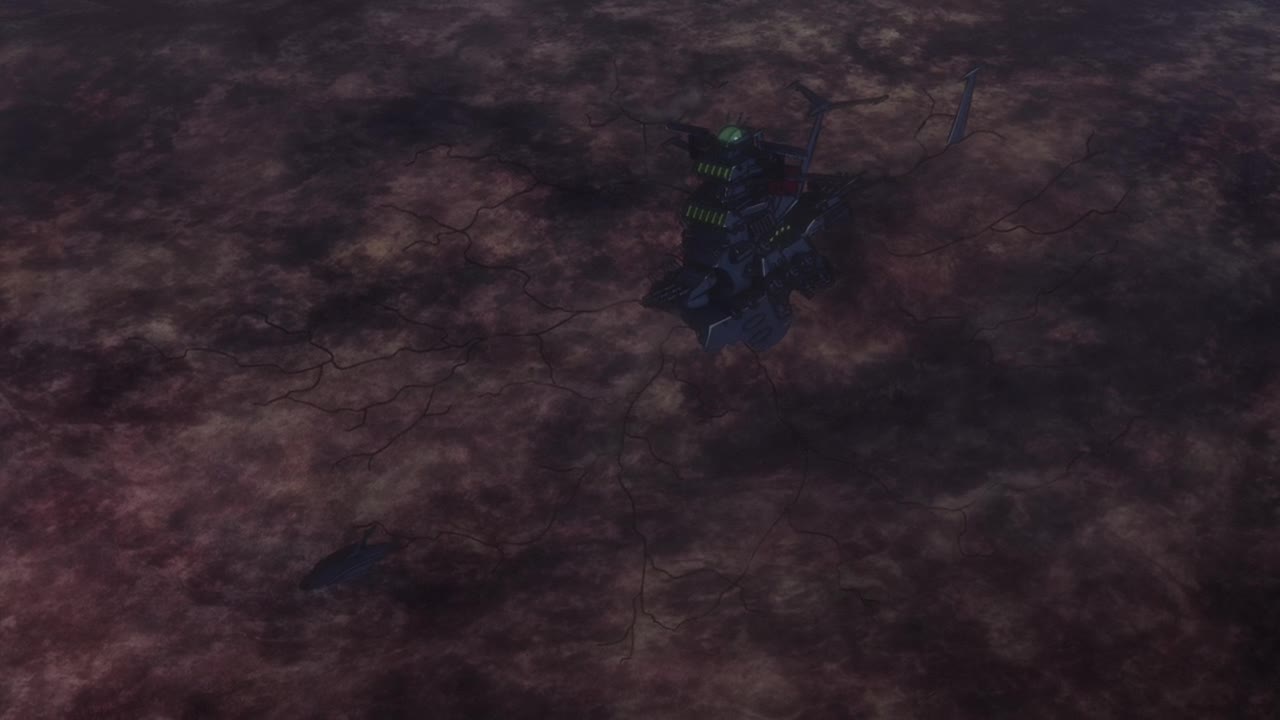 |
|
| Yamato starts to break free from the dried up sea bed. | ||
 |
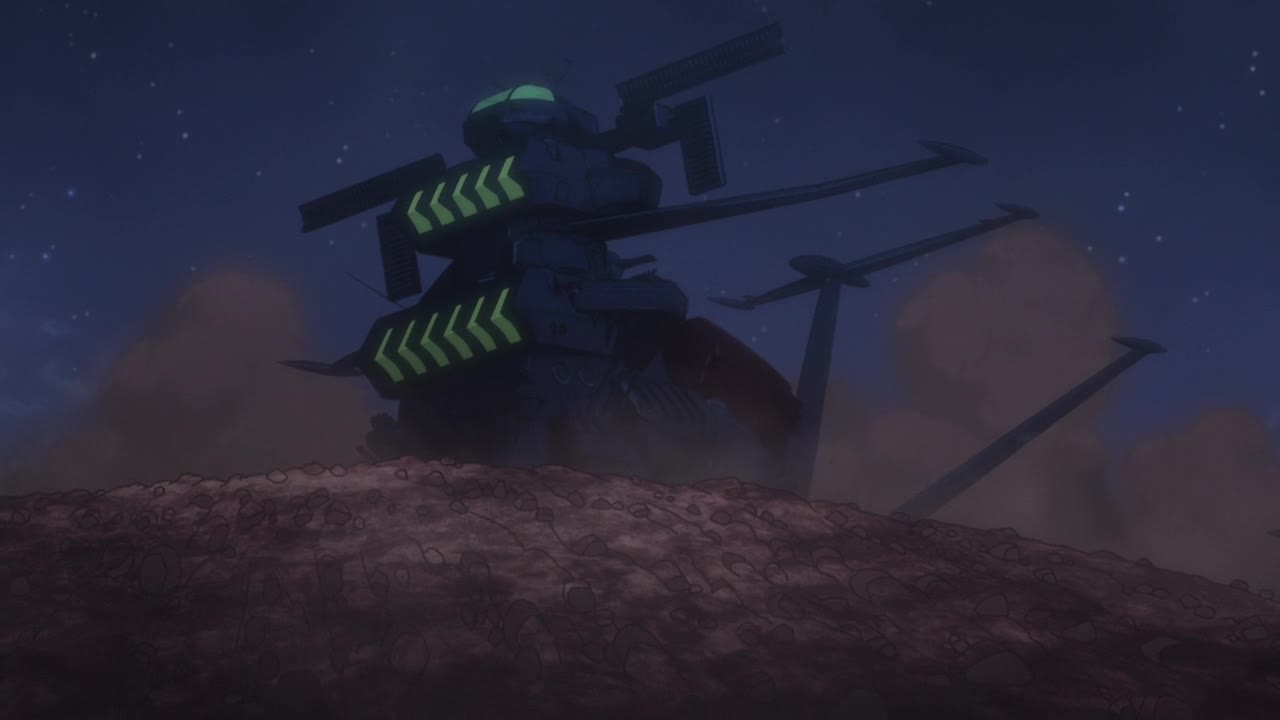 |
|
| Superstructure straightens up. | ||
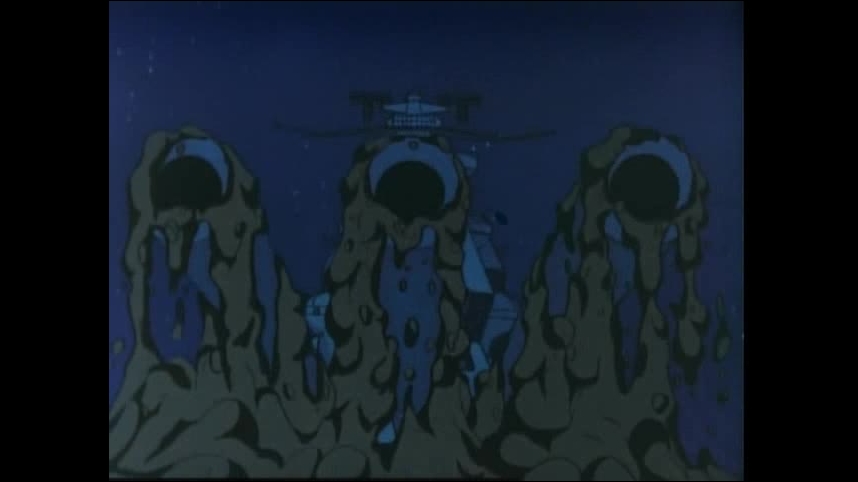 |
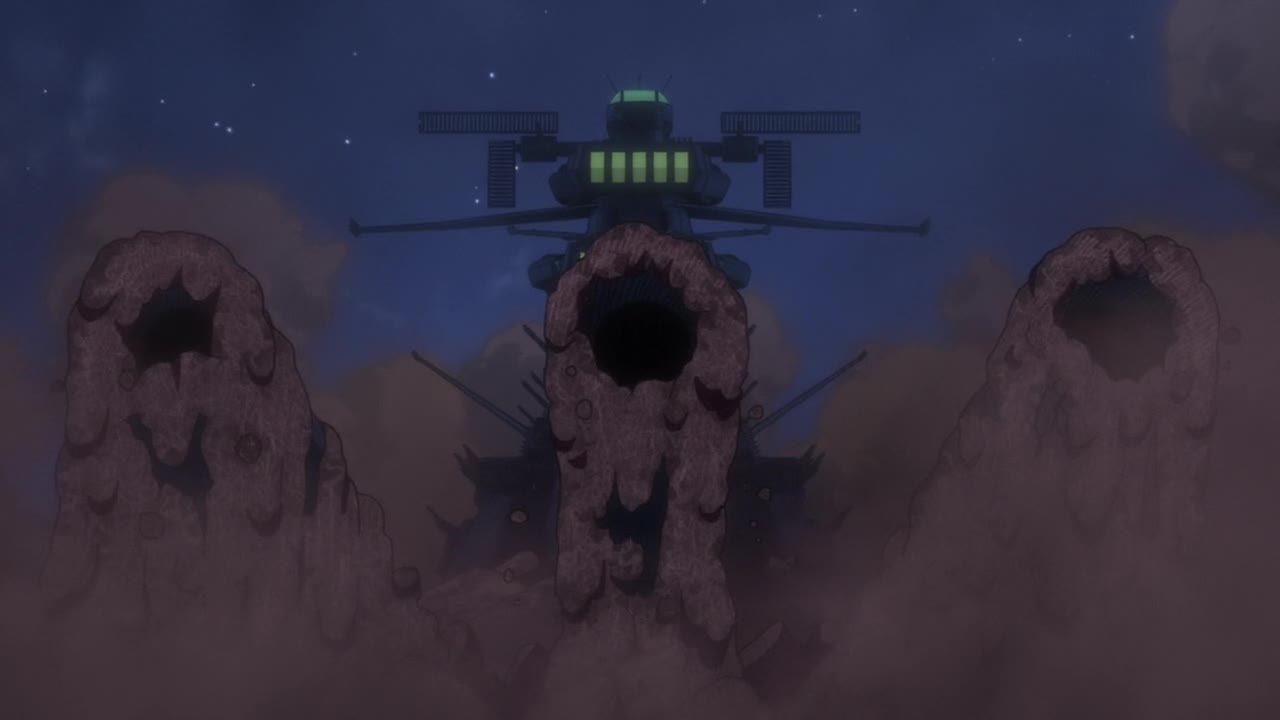 |
|
| Main turret barrels rise from the dirt. | ||
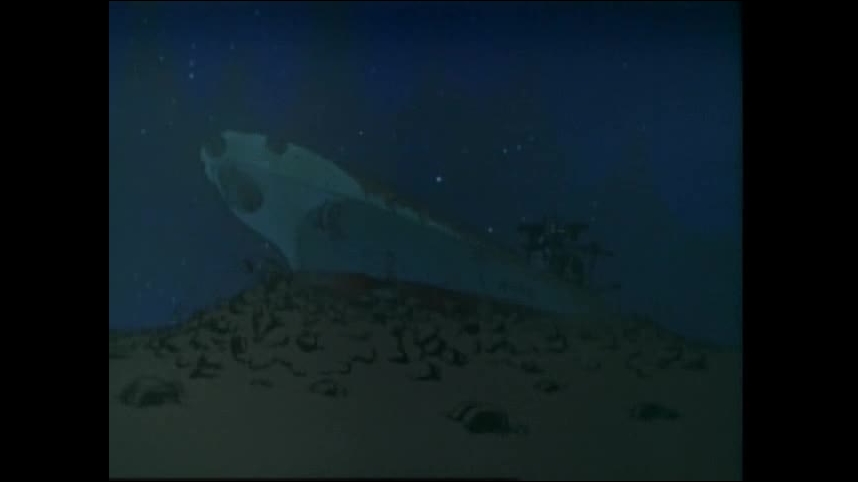 |
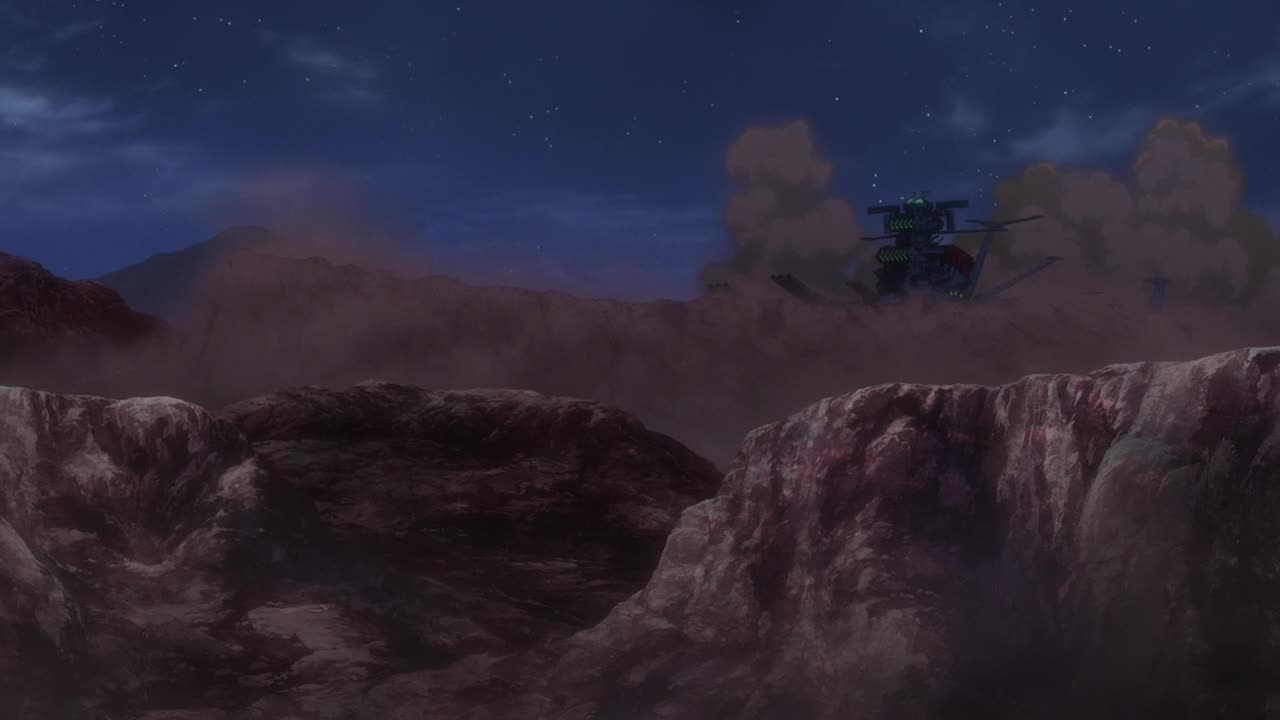 |
|
| Wide shot of Yamato rising. | ||
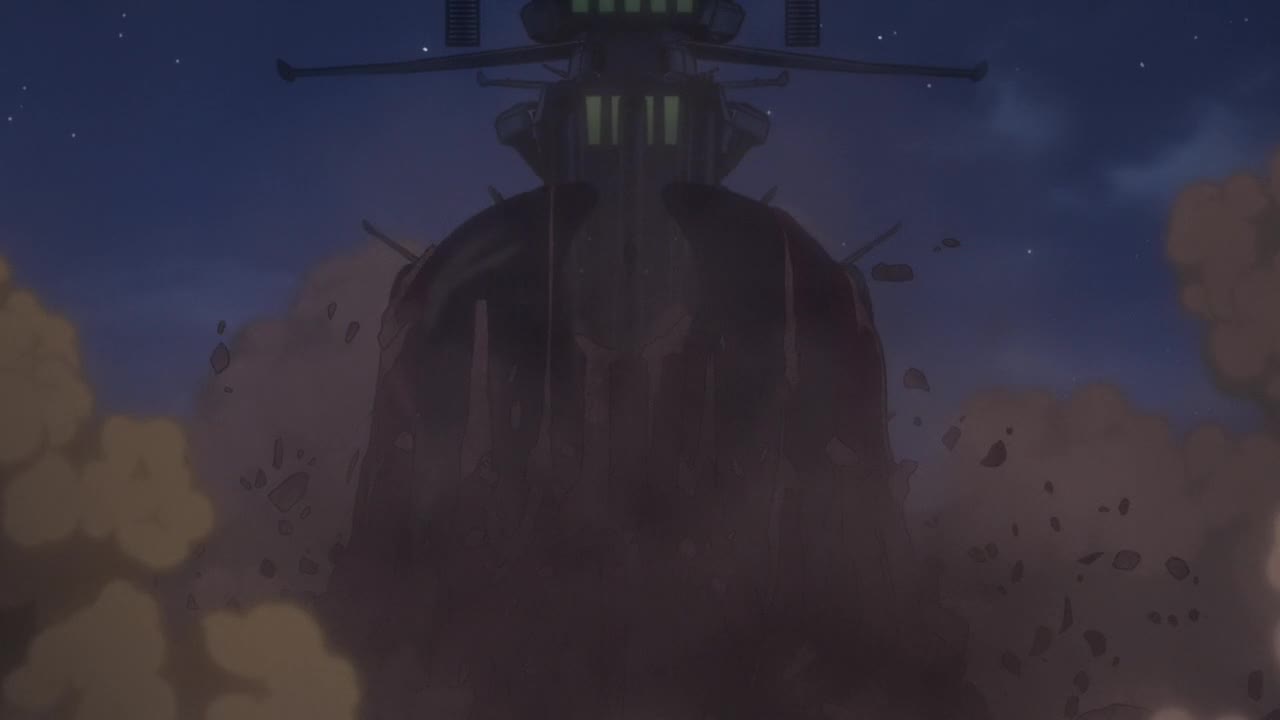 |
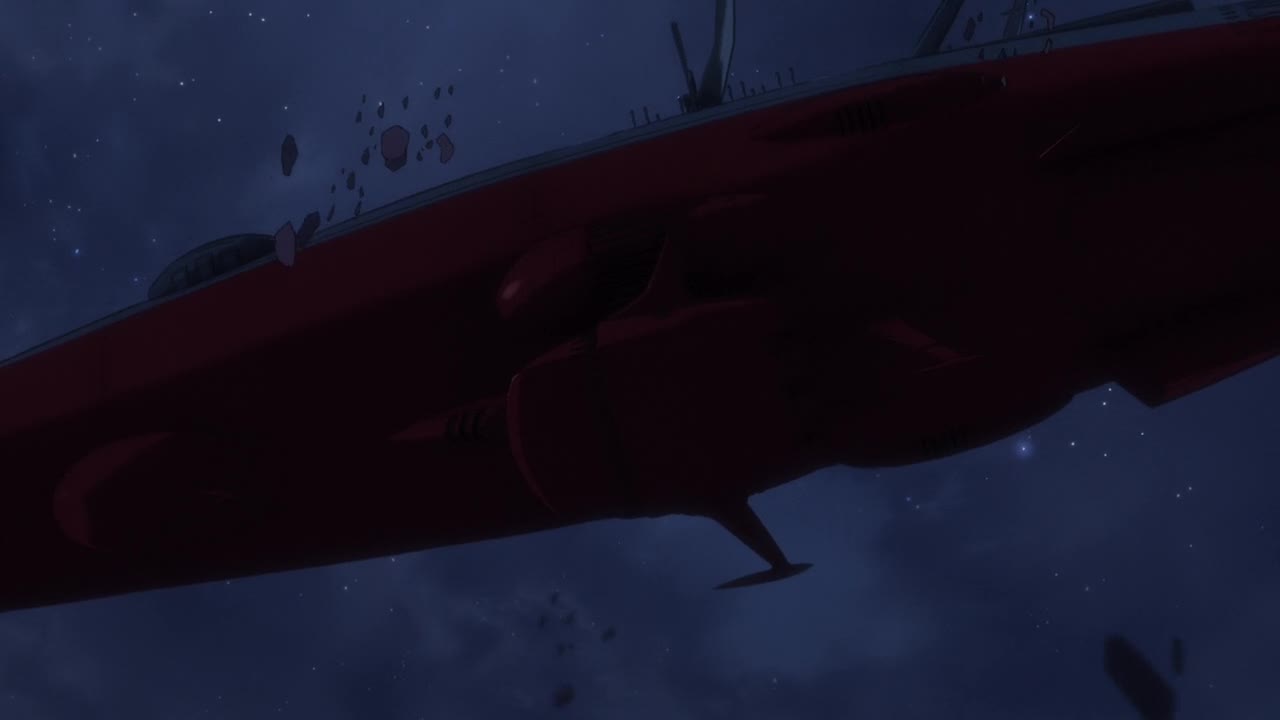 |
|
| Added shots: the bow breaks free (added to version 2) and Yamato rises up and away. | ||
Like the original, the main difference between the two versions is in the music, which differ up to the title card. The first features an accapella rendition of the initial verse. The second is the normal version we all came to know and love.
Visually, the only differences are the addition of the bow breaking through the dried up sea bed, and the fly-by of Yamato from Earth into camera is slightly sped up, reducing this opening portion by five seconds.
Most of the shots are taken almost verbatim from the original with the following exceptions:
– The shot of the bow reveal, added to the second edit.
– Shot of Yamato’s underside as it rises from the sea bed.
– Yamato’s fly-by was split into 3 separate shots in the original:
1) The red Earth drifts away from camera
2) Yamato flying toward the camera and away from Earth
3) Rear 1/4 view angle of Yamato rising from the bottom of the screen until it’s in full view (at which point the title card appears)
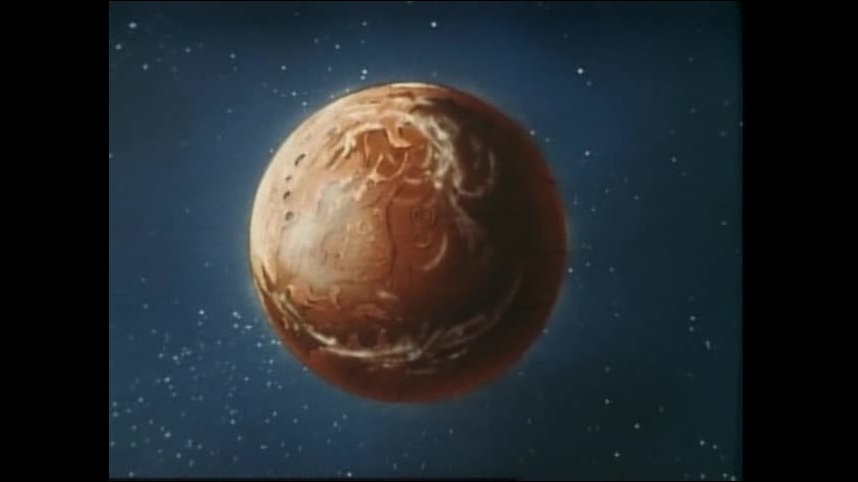 |
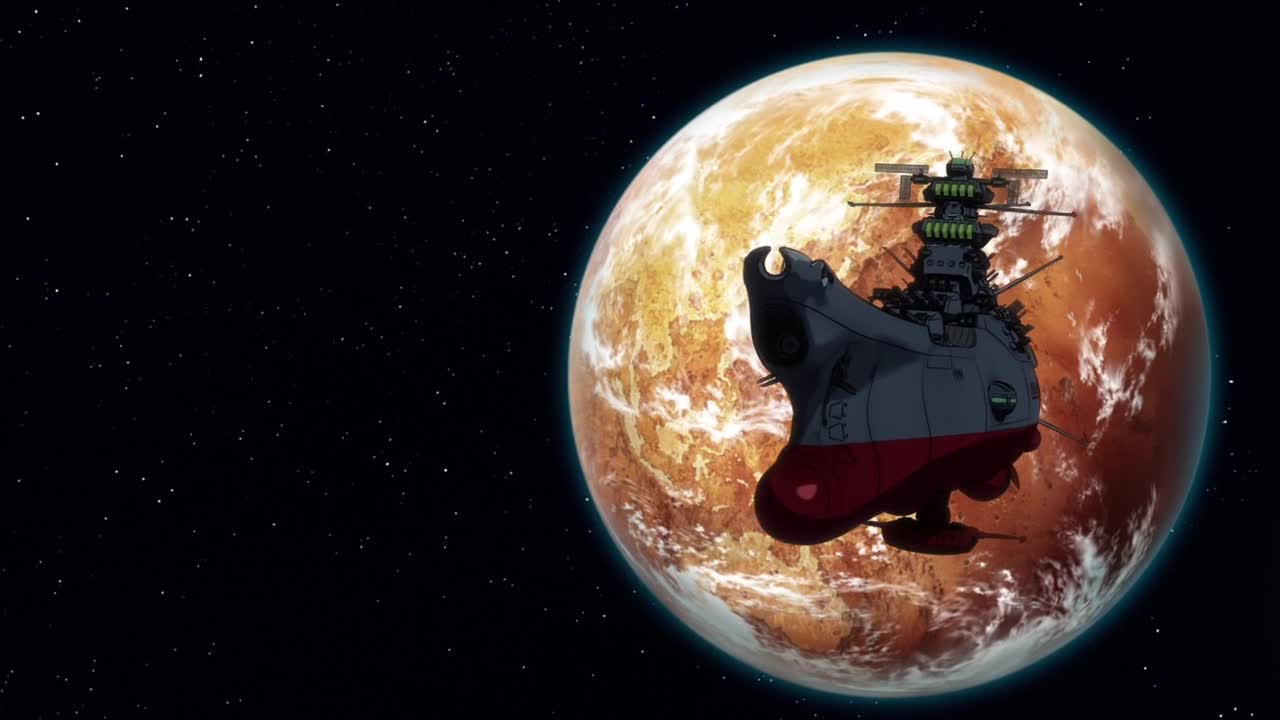 |
|
| Nearly 40 years of evolution in animation techniques… | ||
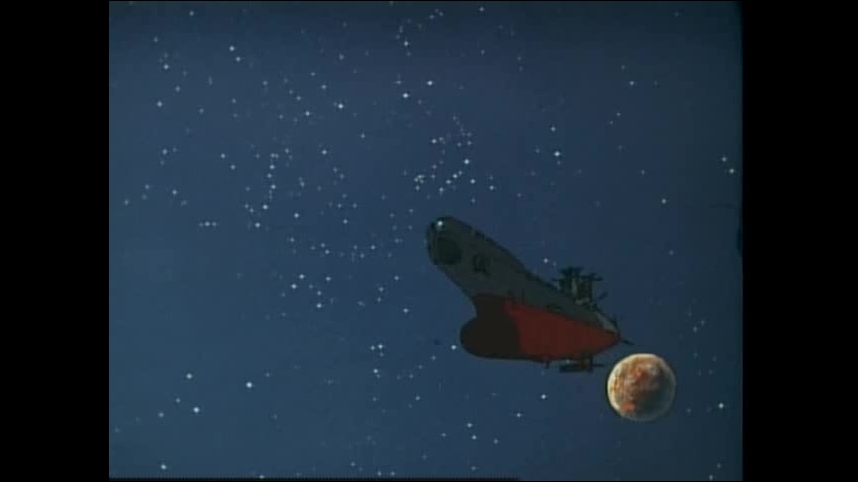 |
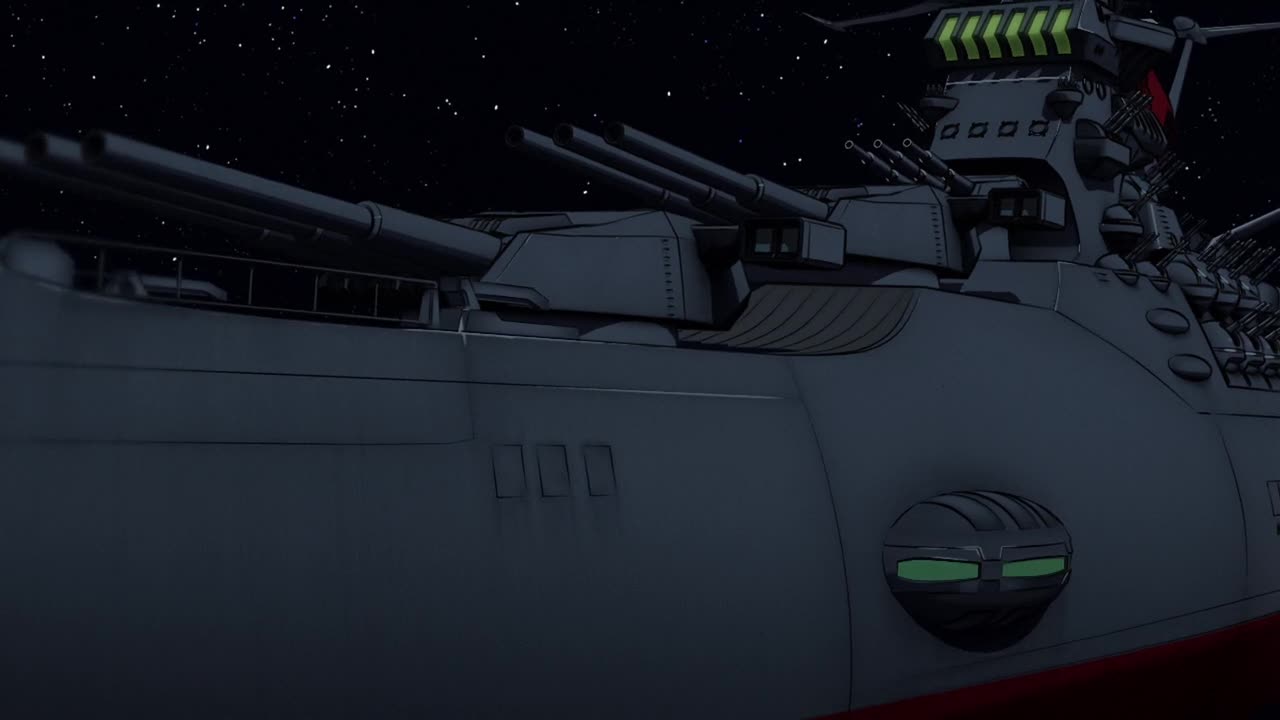 |
|
| … allow for a much more dynamic and fluid approach to this sequence. | ||
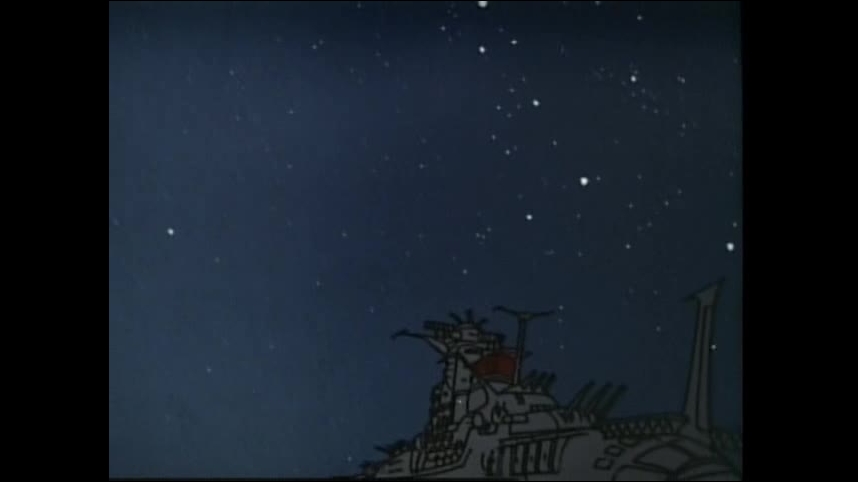 |
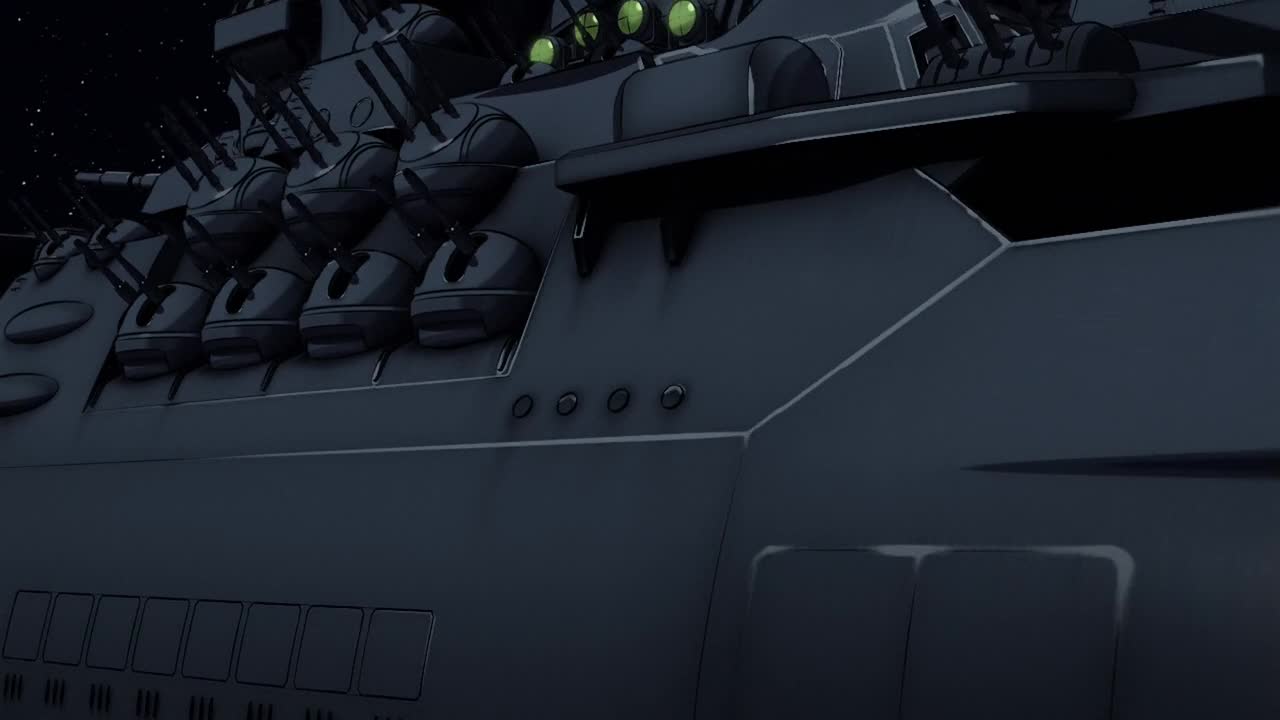 |
|
| Though the original series did feature an amazing fly-by shot used often in the episodes… | ||
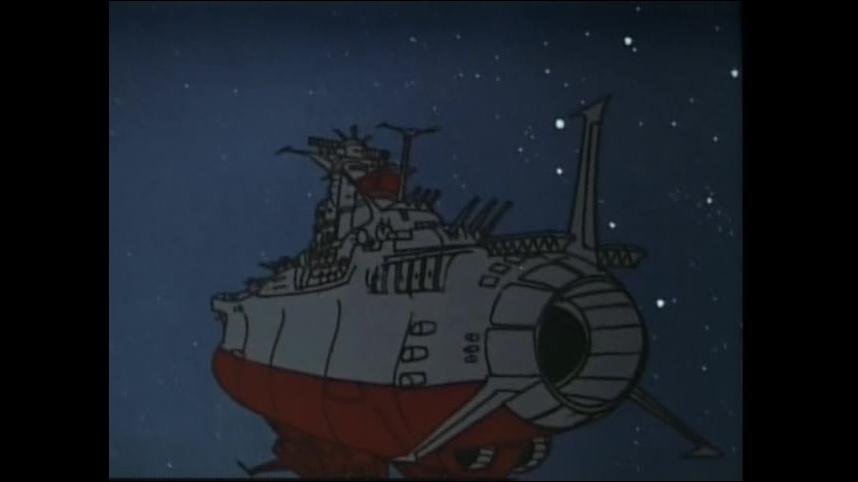 |
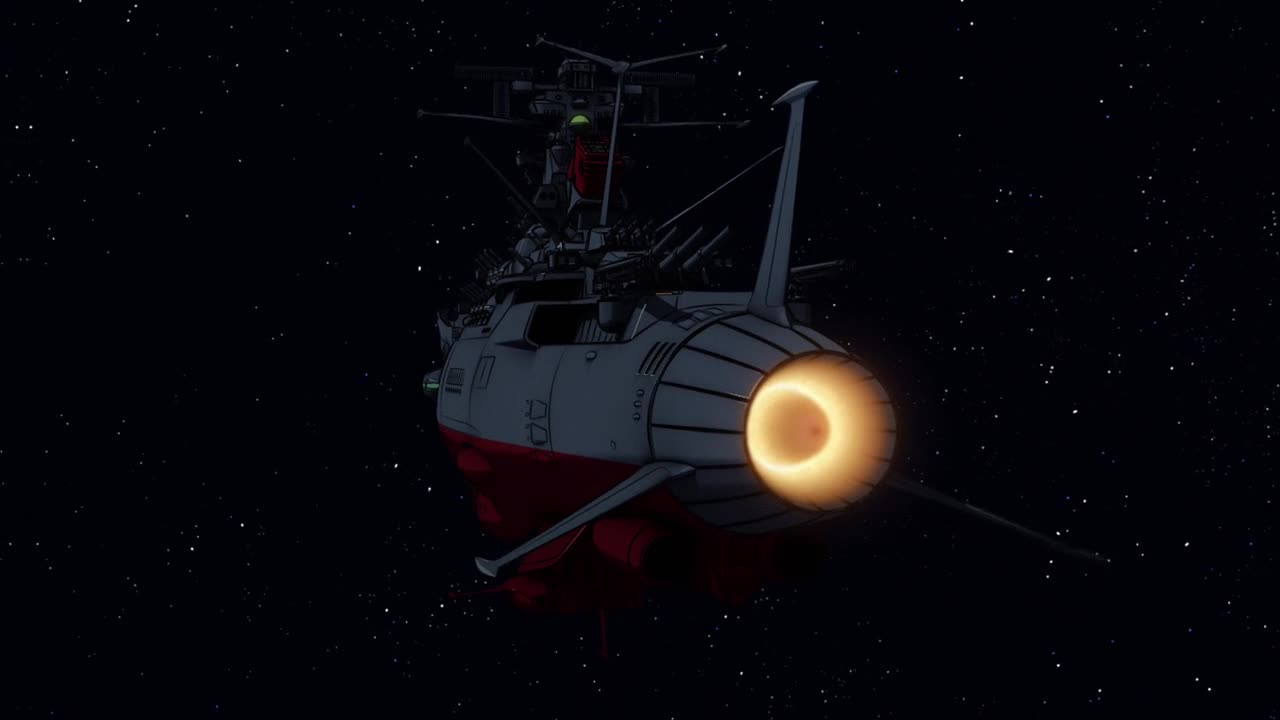 |
|
| …it was probably not done in time for use in the opening sequence. | ||
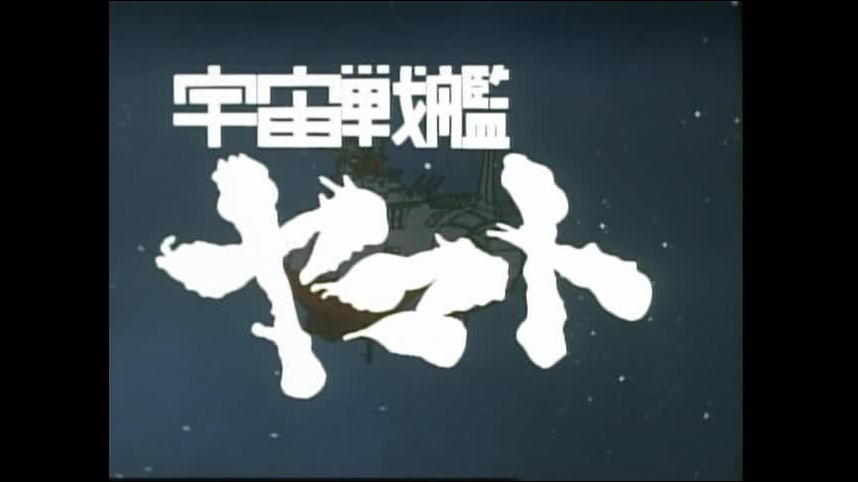 |
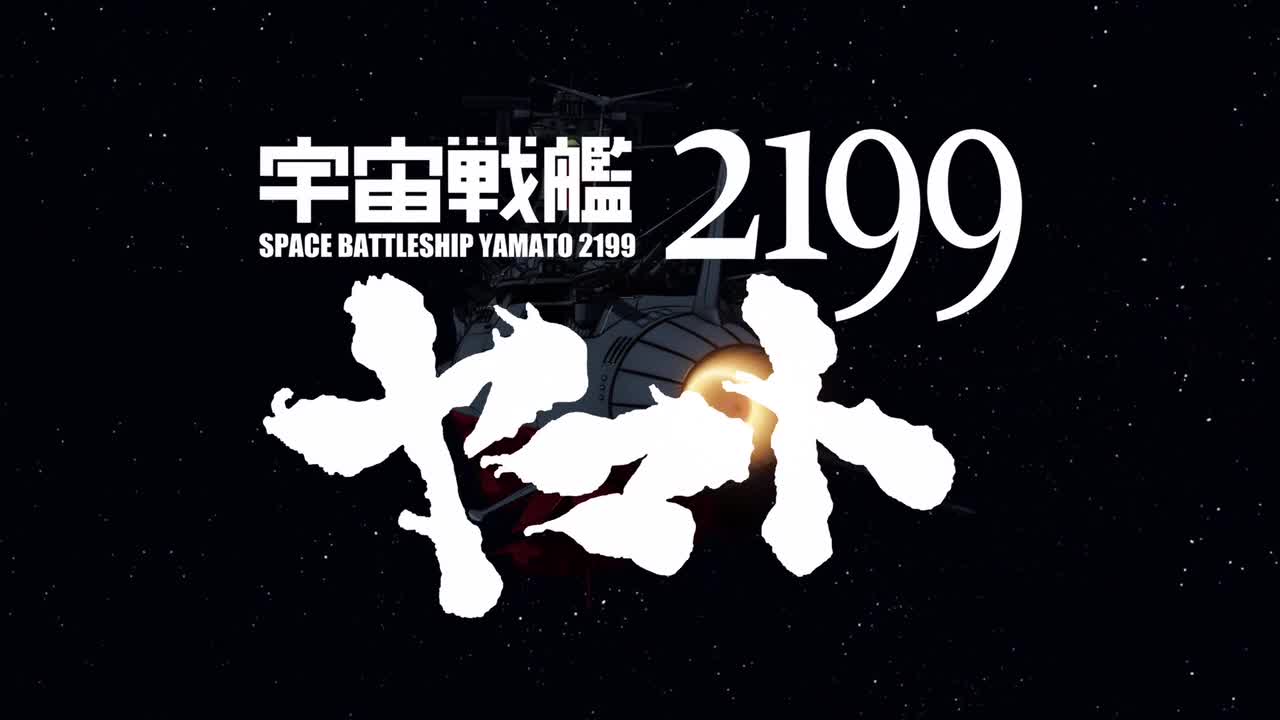 |
|
| BOOM! SAY MY NAME! | ||
Part 2: “Searching for a distant star, heading to faraway Iscandar.”
Next is a shot of the captain’s cabin exterior with Okita, Kodai, Yuki and Shima inside. In the original they were barely recognizable, but in 2199 they are clear as day.
The camera pulls away and down until the superstructure and eventually the entire ship is in full view. In direct tribute, gun turret number two rotates to its central position, and the ship tilts slightly to starboard before moving forward.
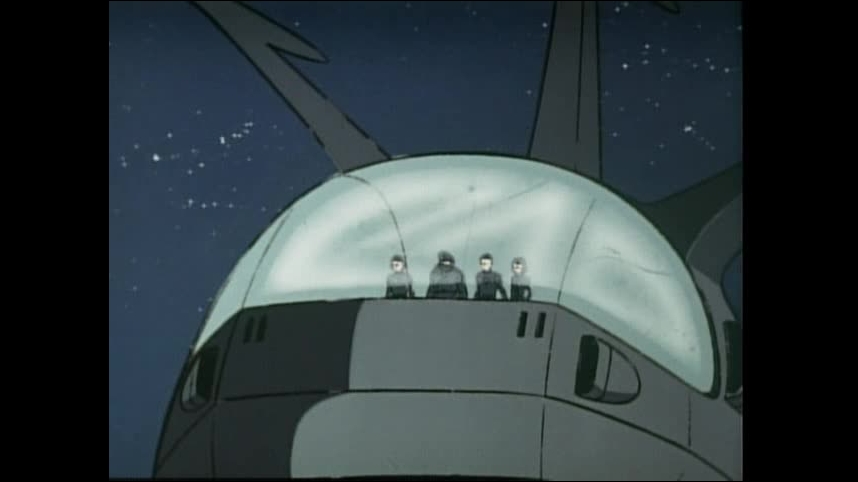 |
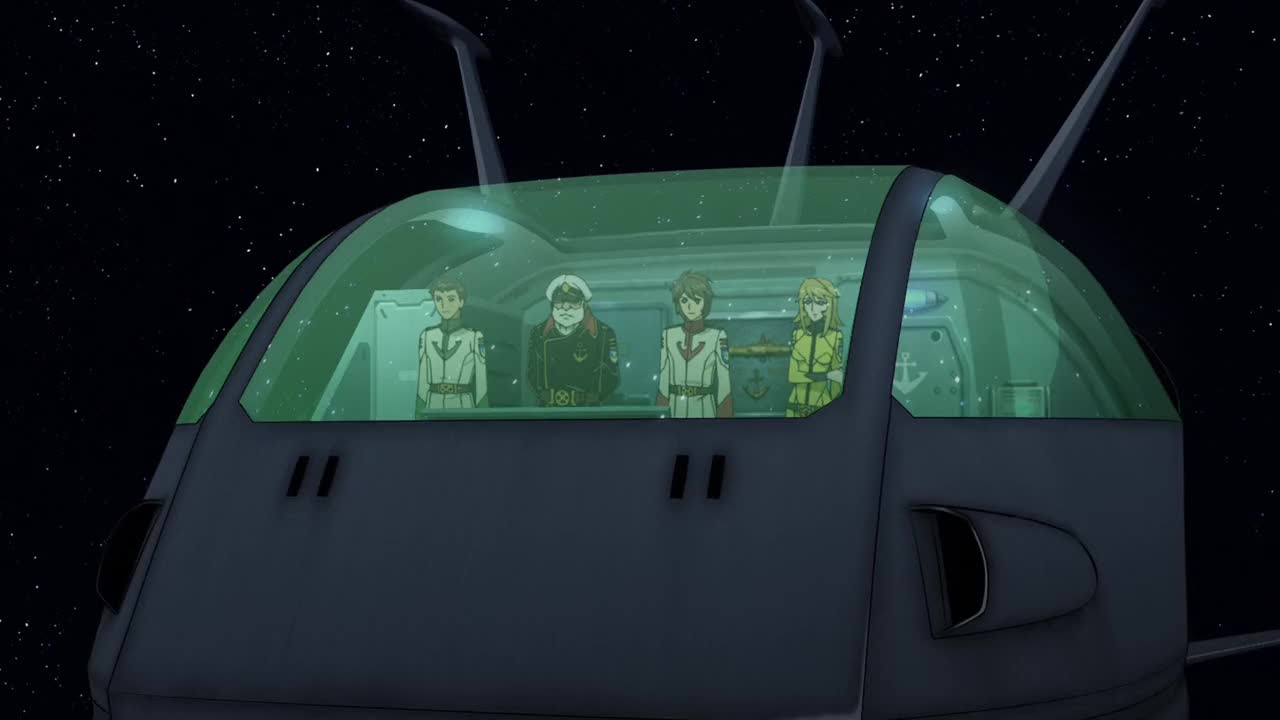 |
|
| Though hard to recognize in the original, Shima and Kodai seem to have switched places. | ||
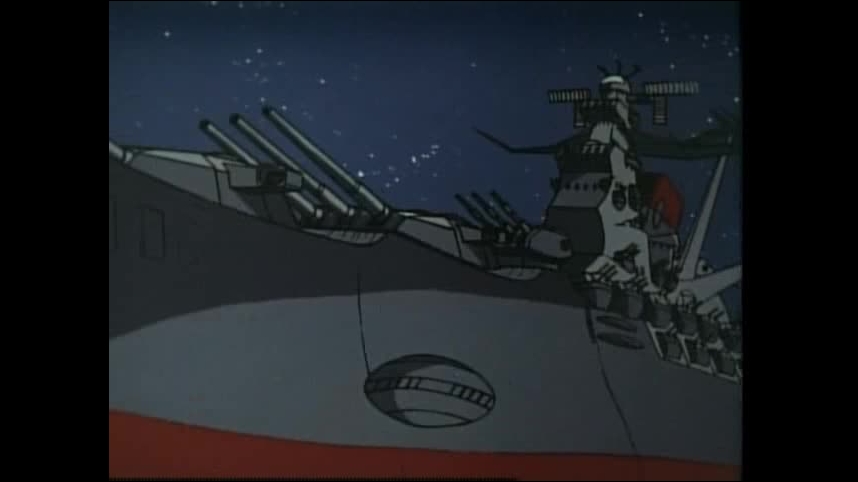 |
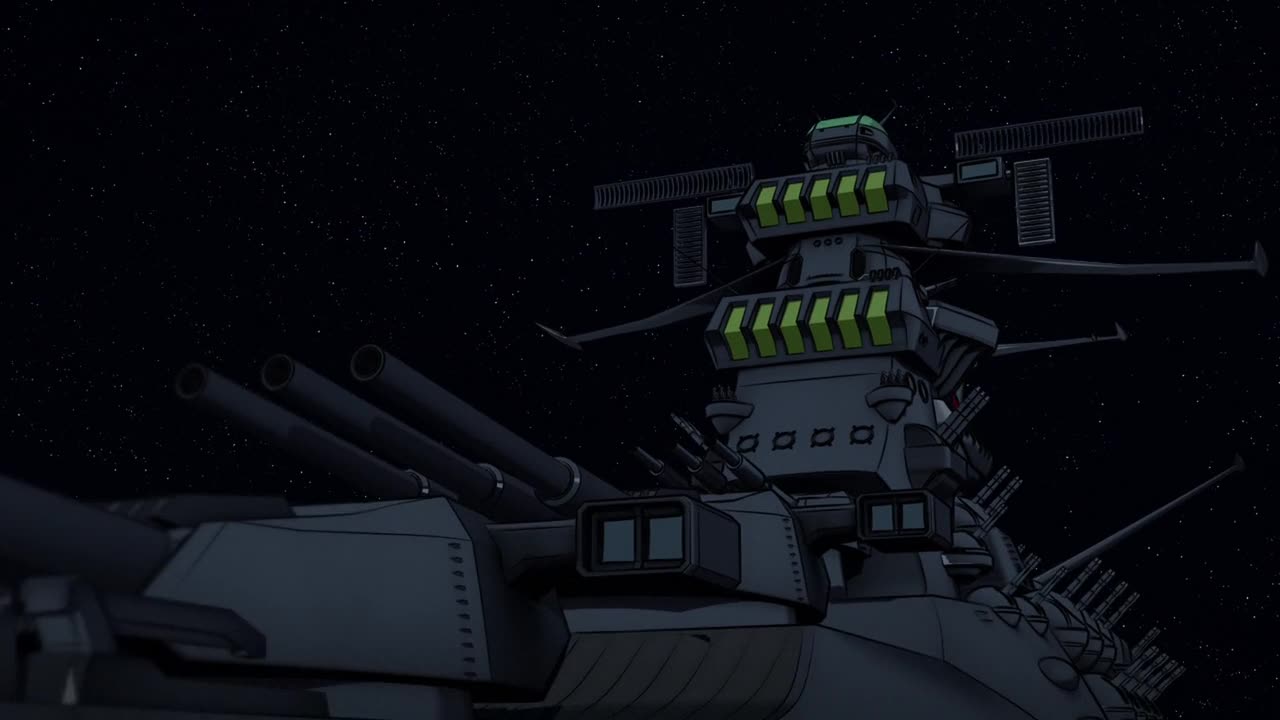 |
|
| Though we can’t see it in a still, the turret just rotated over our heads. | ||
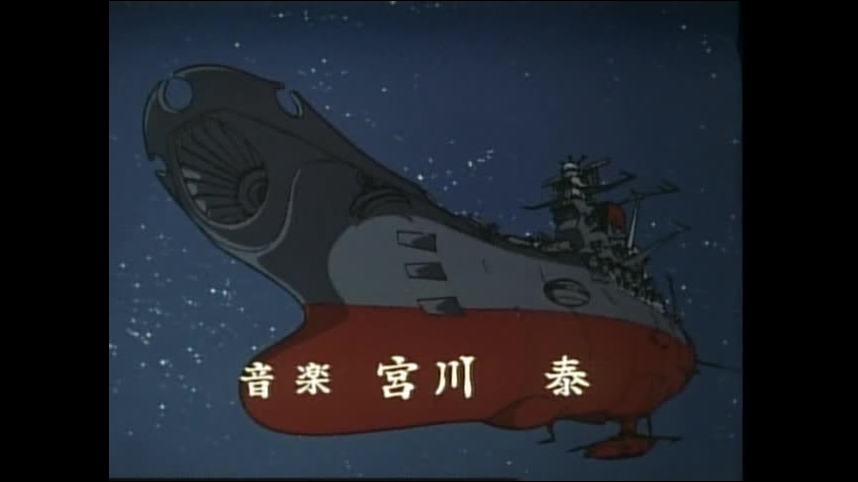 |
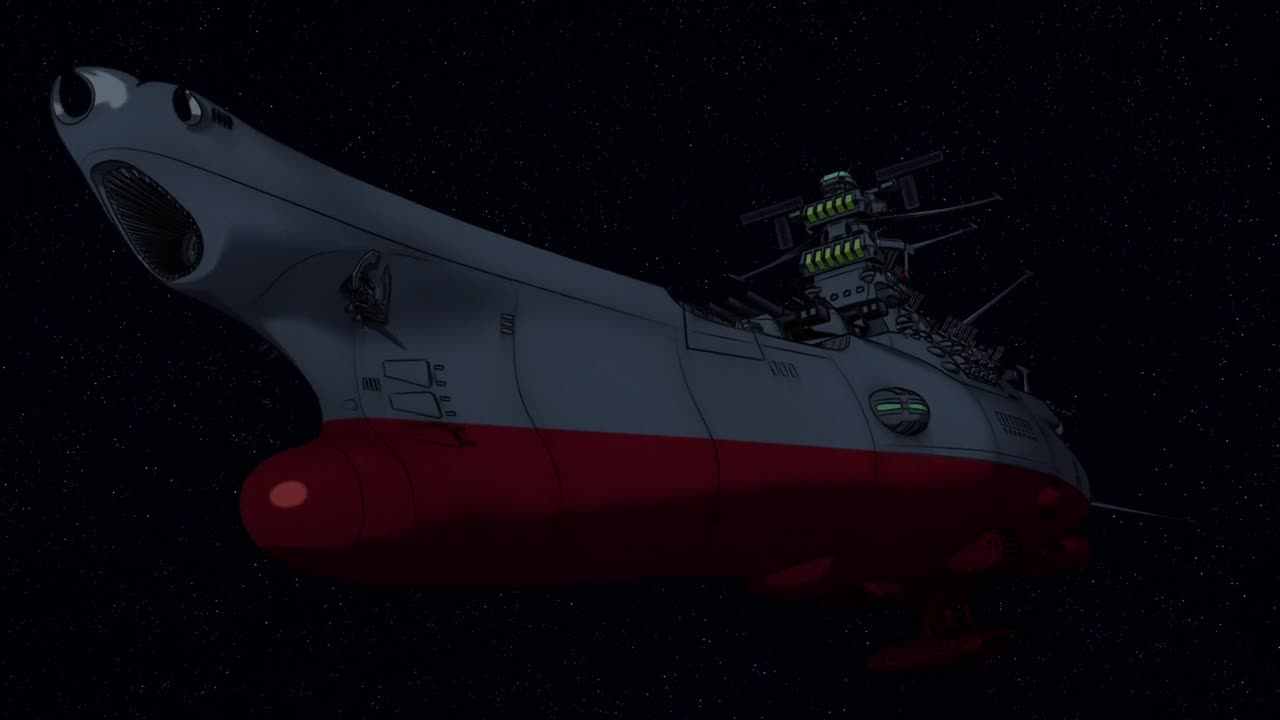 |
|
| Oh, that sweet little tilt. The original 1974 shot was animated by Kaoru Izumiguchi, who went on to make a name for himself on SF robot anime including Fang of the Sun Dougram. His version of the ship differed slightly from that of Leiji Matsumoto and Studio Nue, showing a smoother and more consistent image. Regrettably, this did not become the standard for the series. | ||
At this point, differences between the original and 2199 begin to pile up. We go to the classic shot of Yamato‘s main bridge, with the camera pulling back until the entire room is in frame. But while the original lingers on the pull-back for 10 seconds, 2199 cuts that in half and introduces a totally new sequence, pictured below.
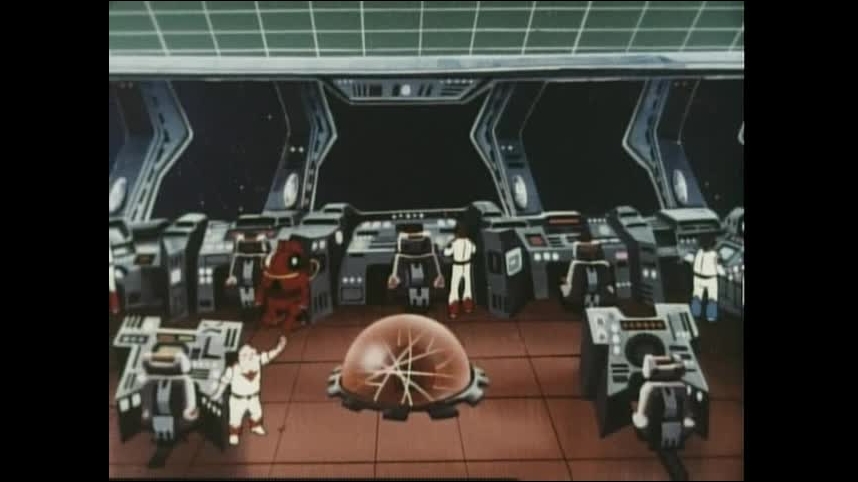 |
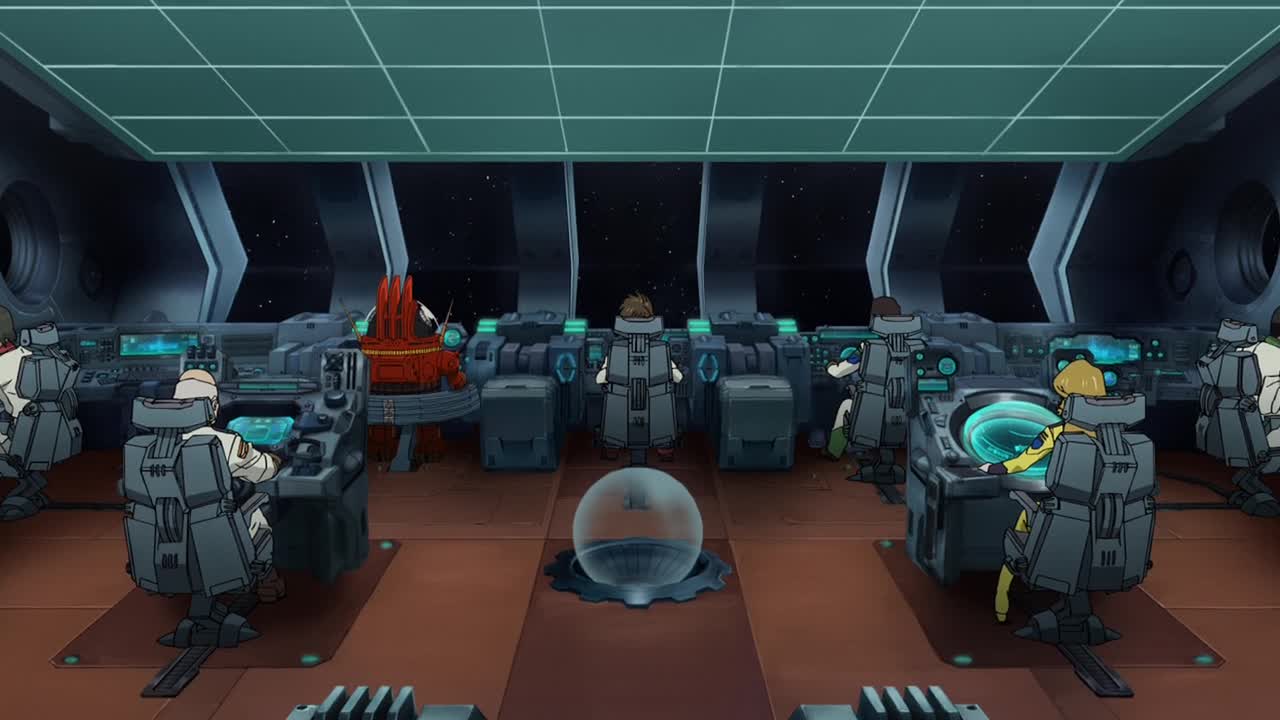 |
|
| This sequence starts the same way in both, except for the crew placements. What is ’74 Tokugawa doing?! | ||
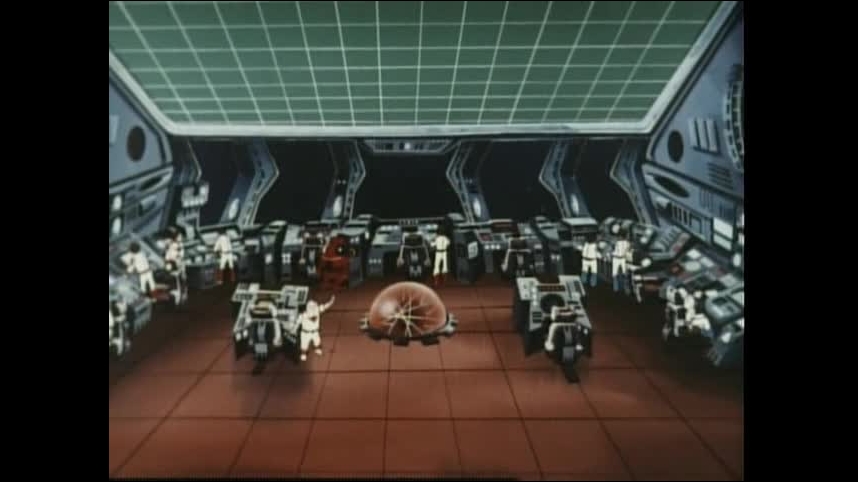 |
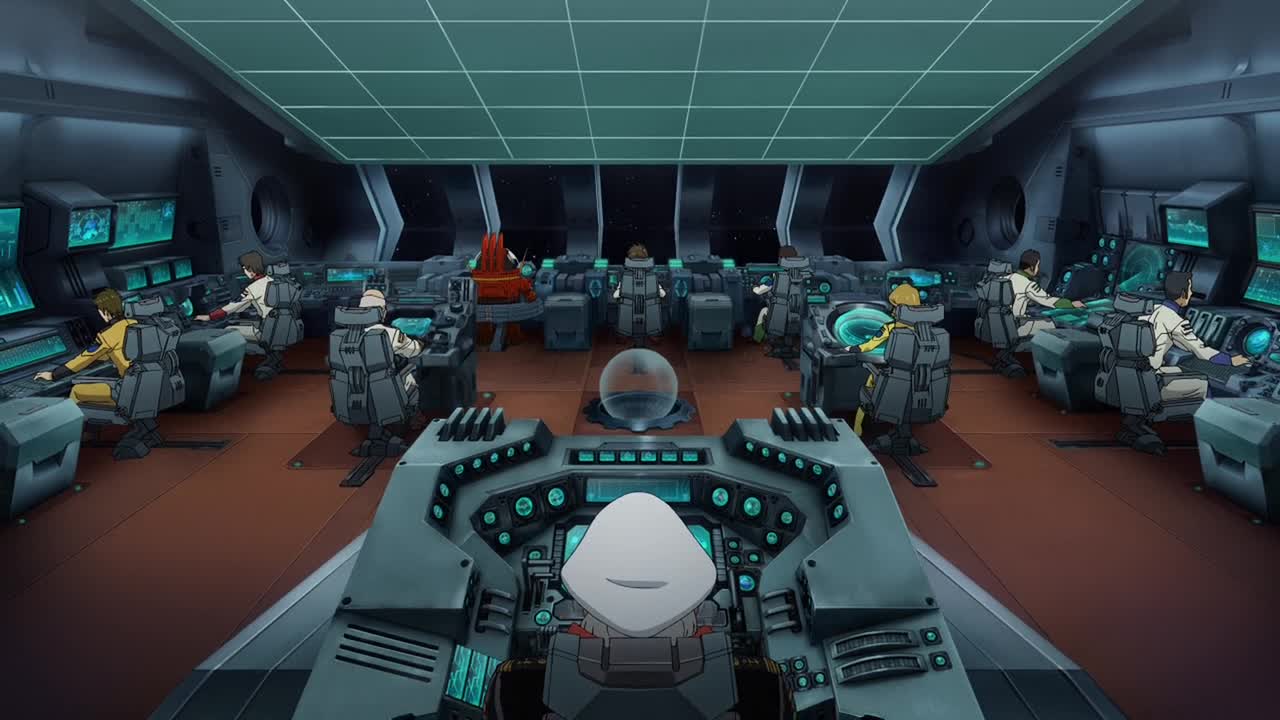 |
|
| …but where the original was still halfway through its bridge reveal, probably due to the monstrous size of its sets, 2199 is already done and moving on. |
||
The time it takes for the original to complete the bridge reveal is now used to throw a bit of excitement into the mix. First, we get a shot of the Cosmo Zero’s display panels lighting up. Next, in what might be a nod to the Star Blazers intro, which featured a similar scene, we see Kodai giving the “all systems go” sign to his flight crew. This is followed by an amazing sweeping shot of Yamato and its air wing laying waste to Garmillan planes over Europa.
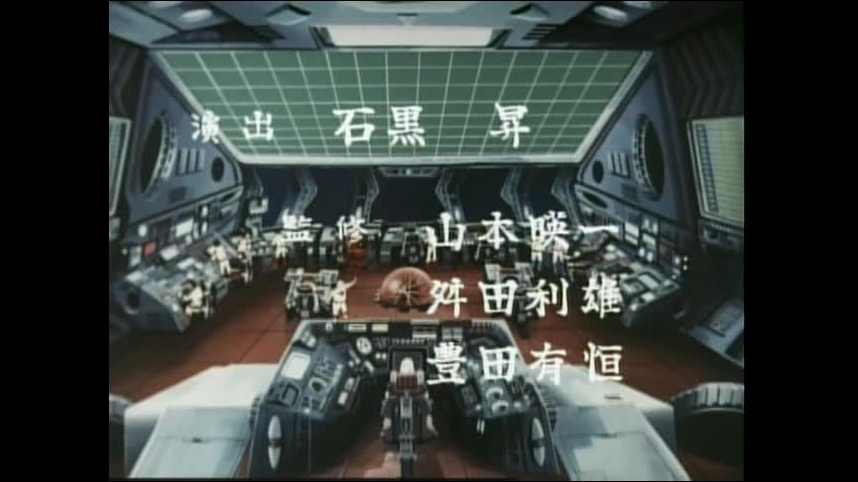 |
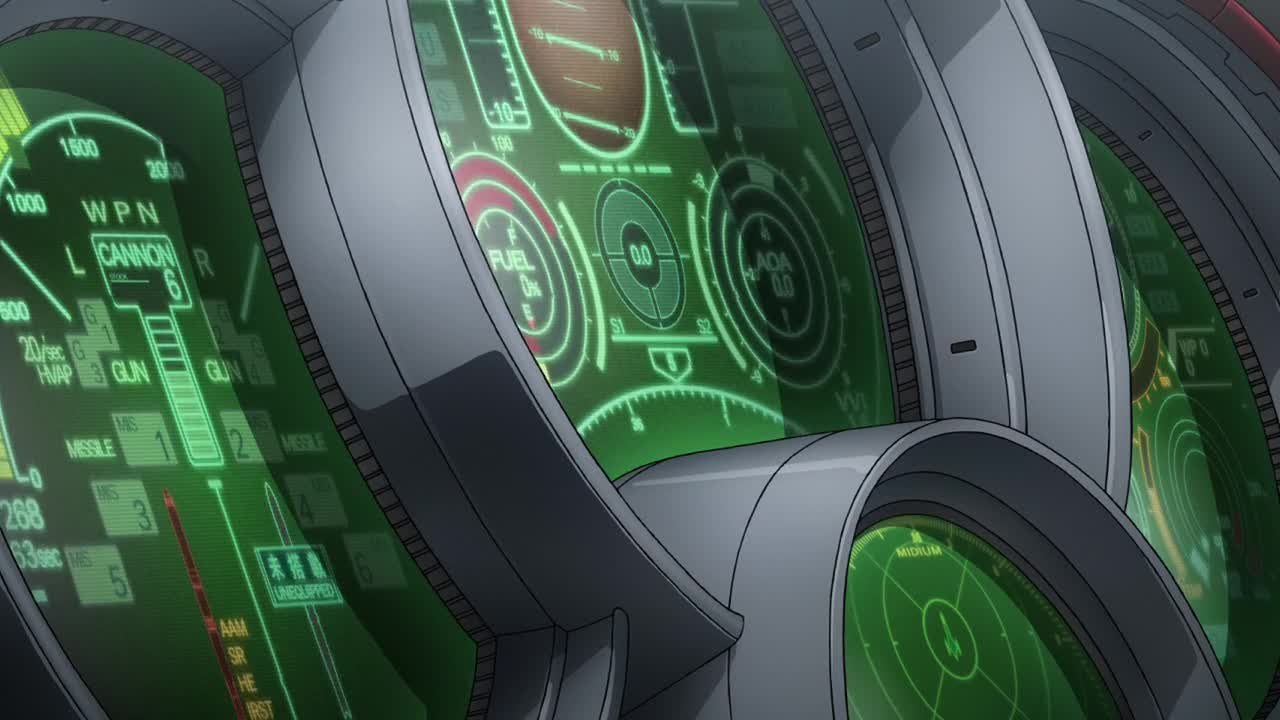 |
|
| Ooooh! Cool meters… | ||
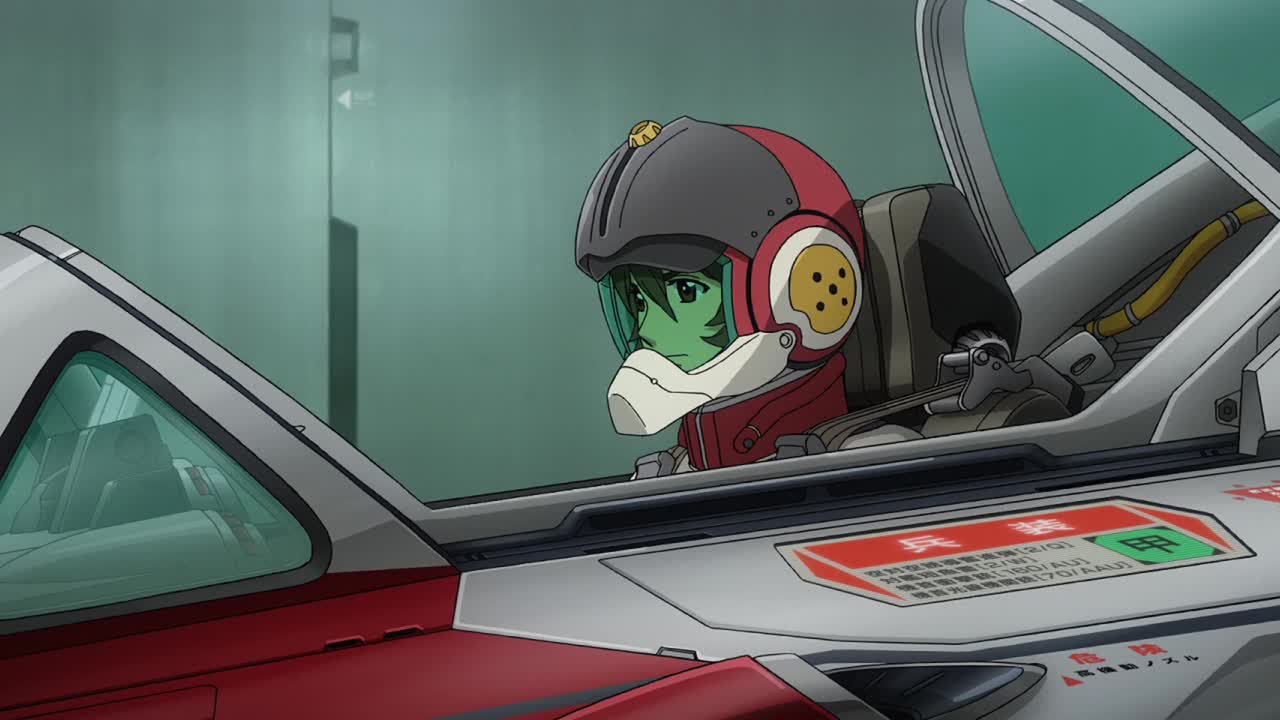 |
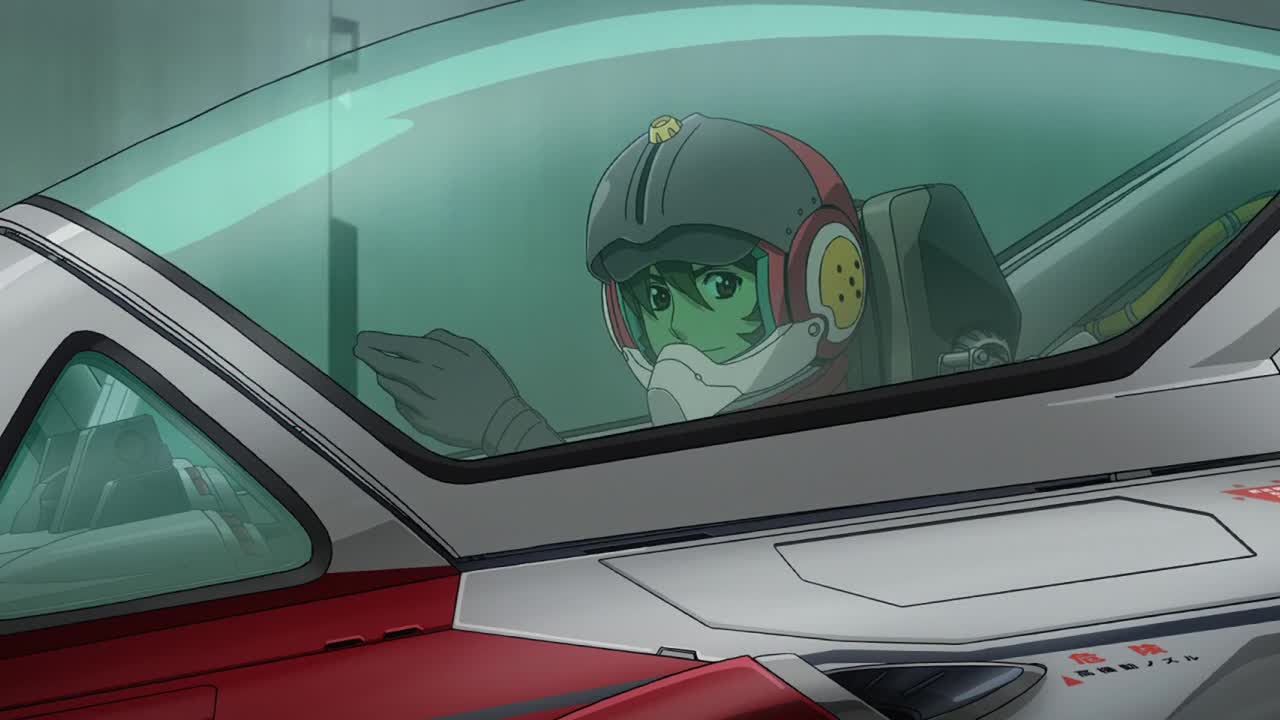 |
|
| Notice the nice detail of the display panel next to the canopy switching off. | ||

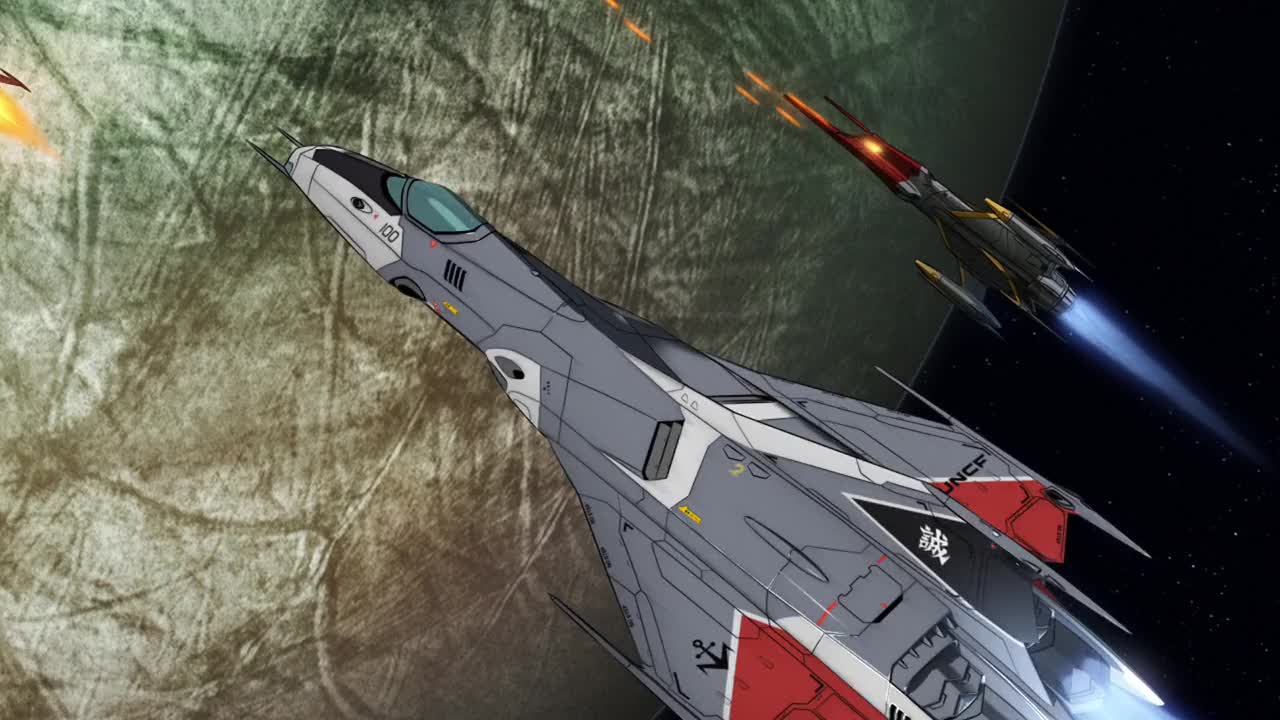


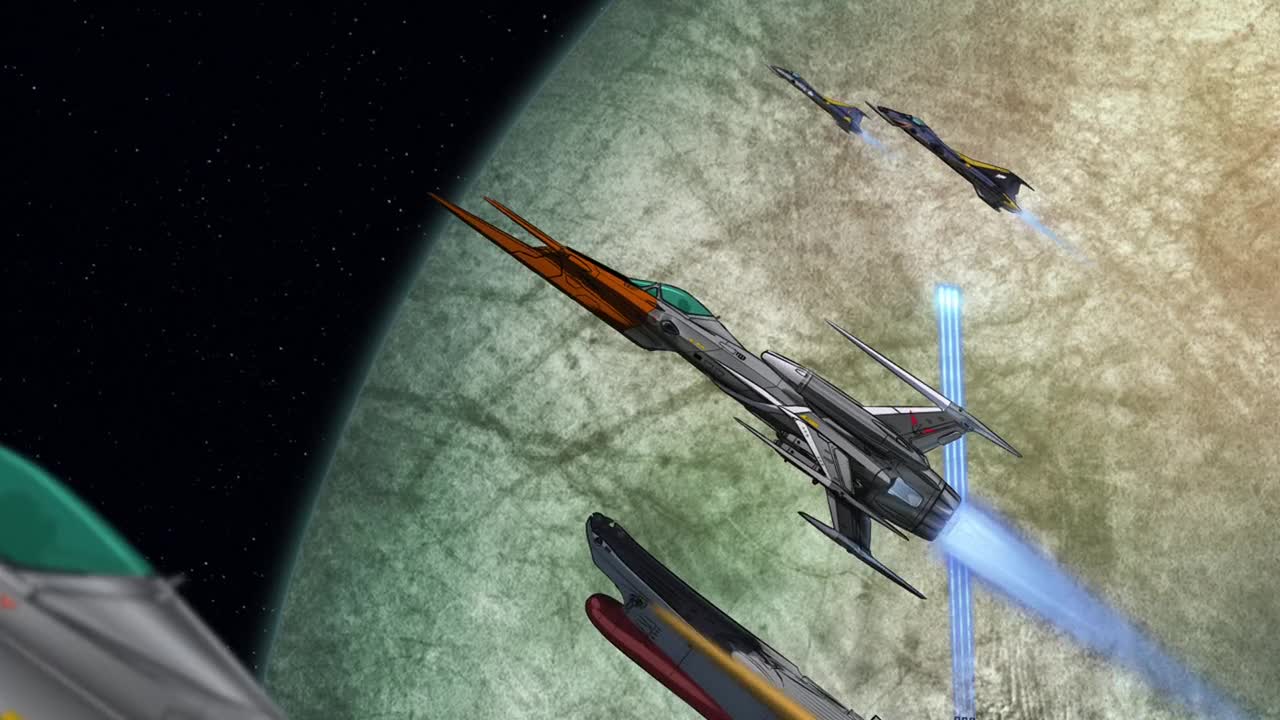 |
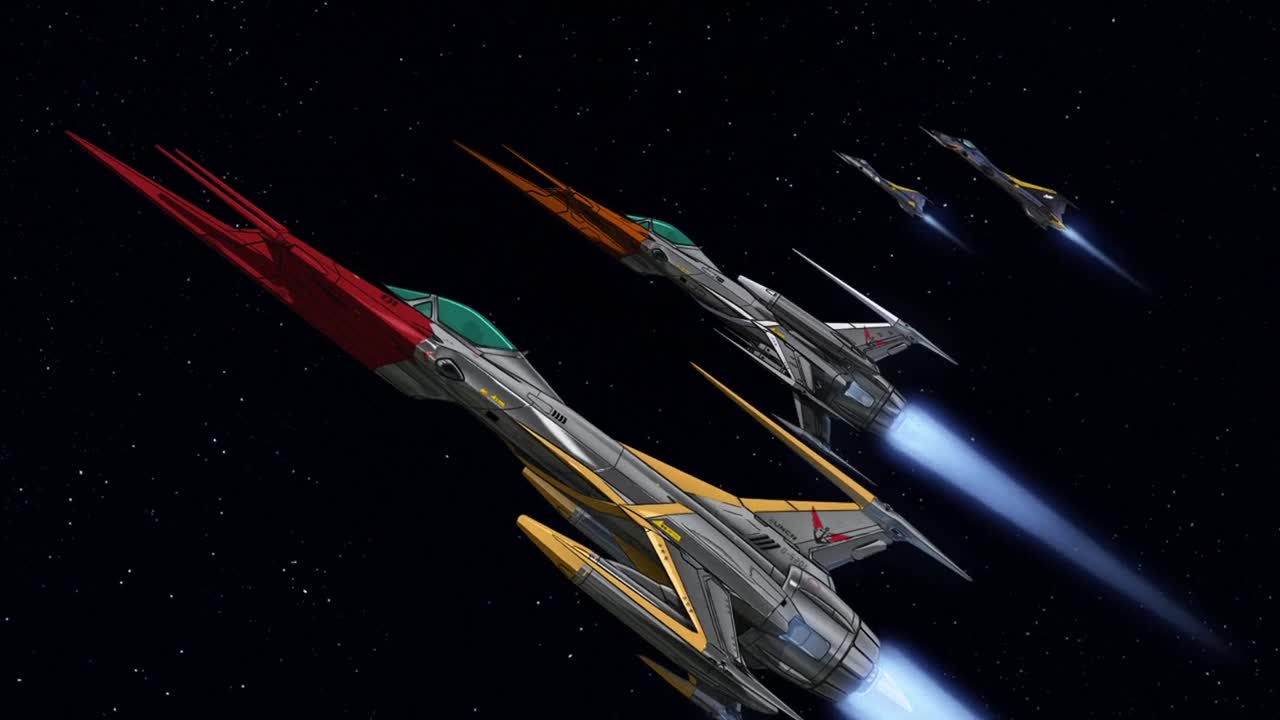 |
|
| This is the definition of cool. | ||
In a bit of a switch, the next shot of the original opening was discarded. It showed Yamato rising out of the ocean of some unidentified alien world. 2199 replaces it with a quick shot of Okita followed by quick cuts displaying Yamato’s vast array of weaponry.
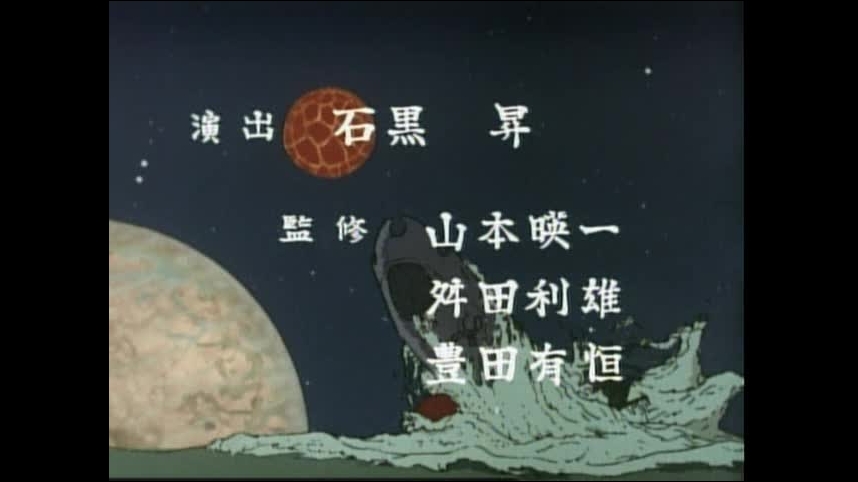 |
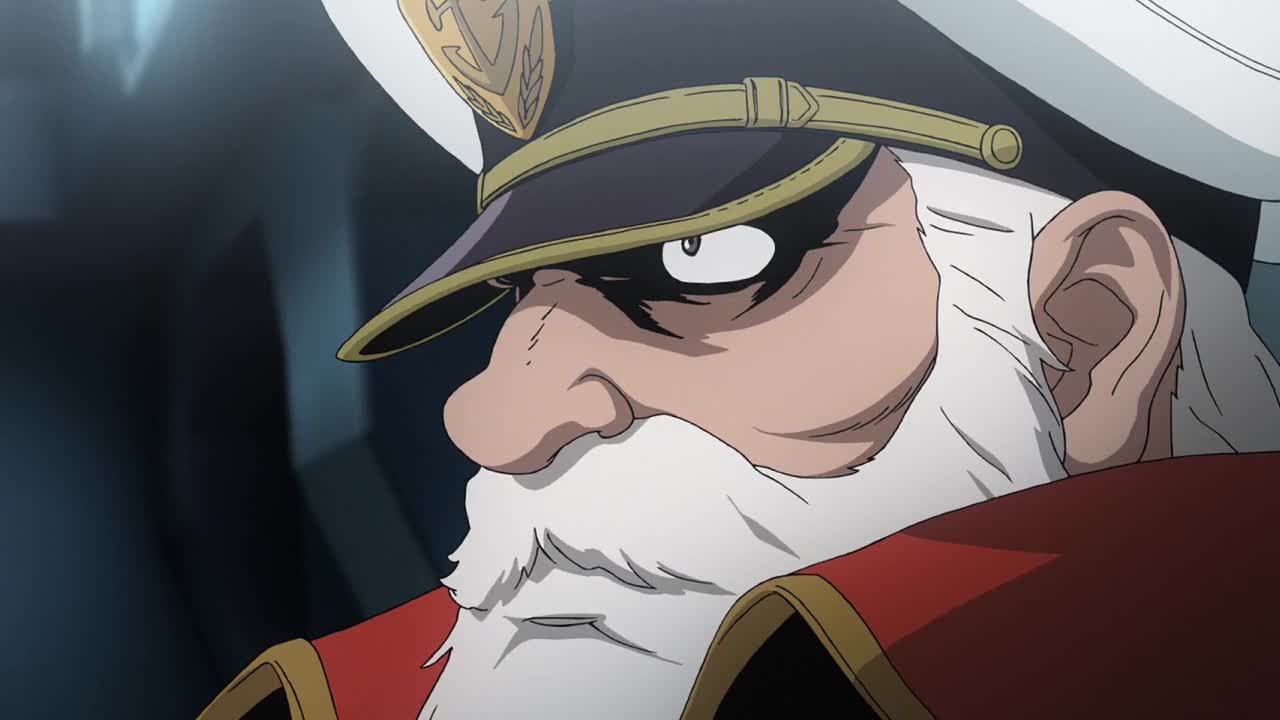 |
|
| Okita’s cold stare is a weapon in itself. | ||
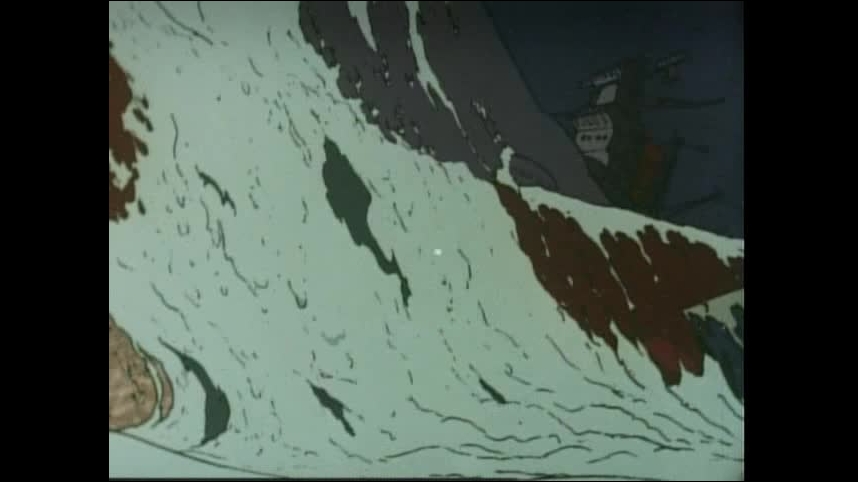 |
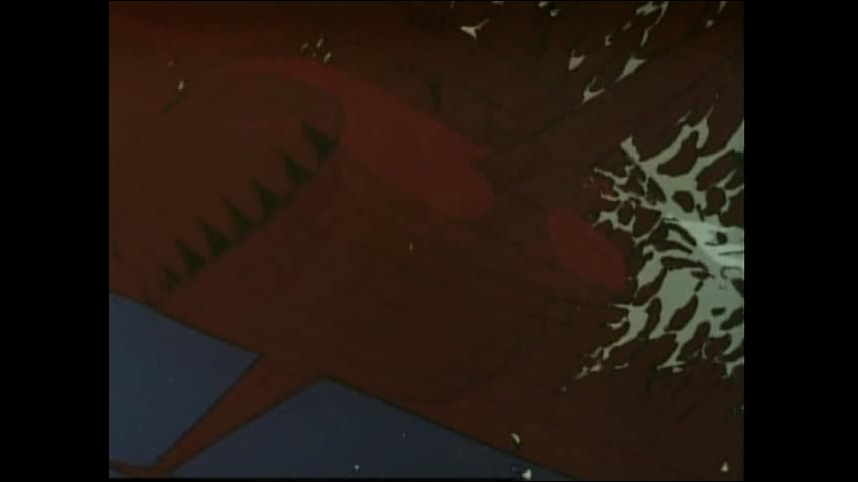 |
|
| Original sequence (above) and Yamato saying “here are all the ways I can kick your ass” in the remake (below). | ||


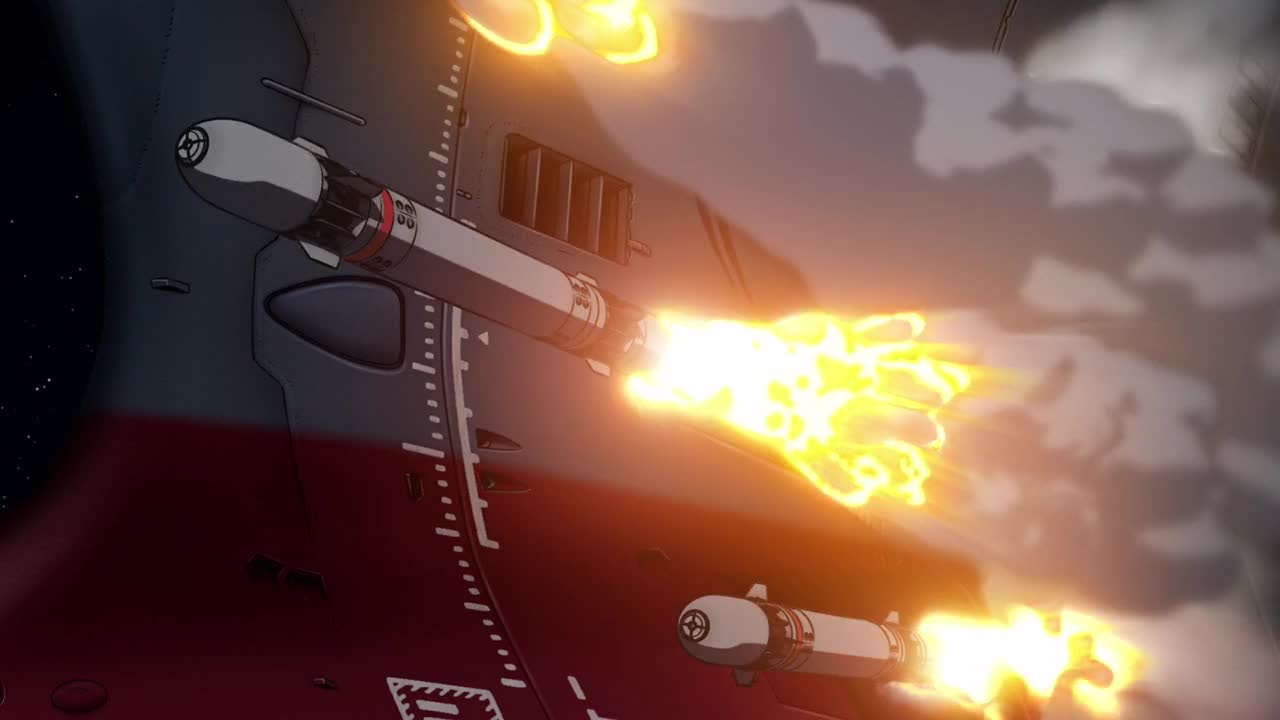
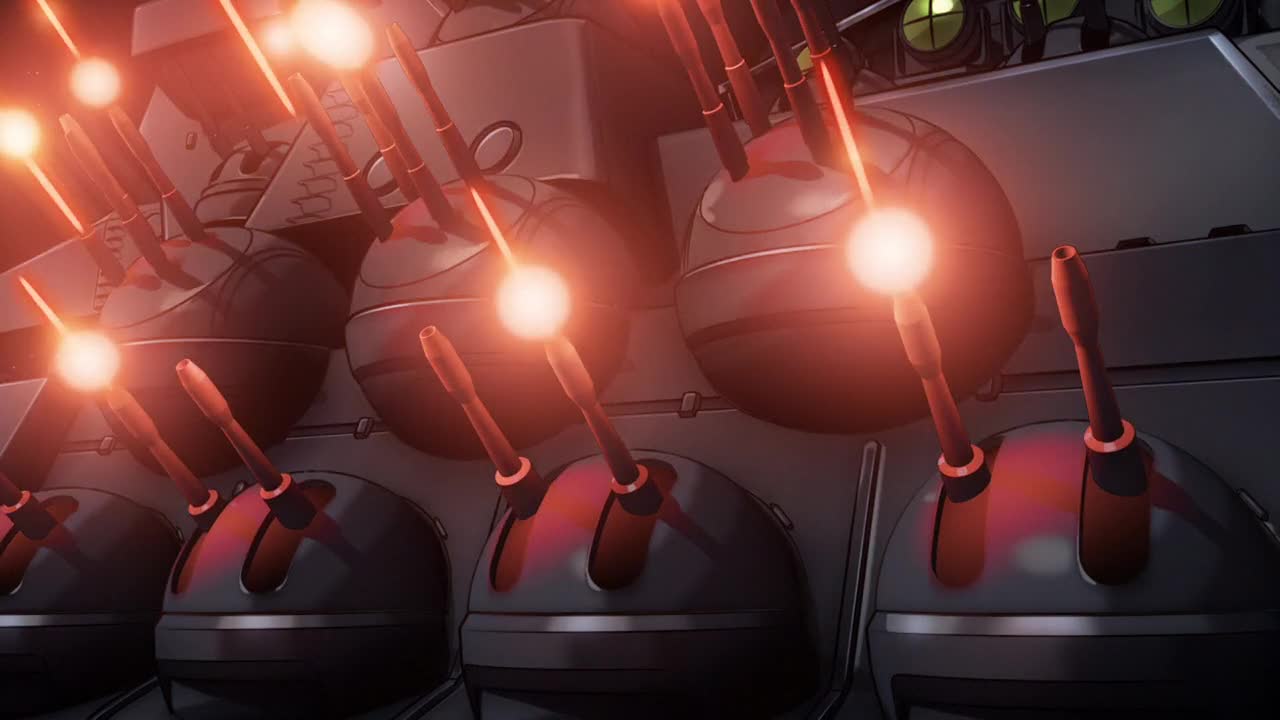
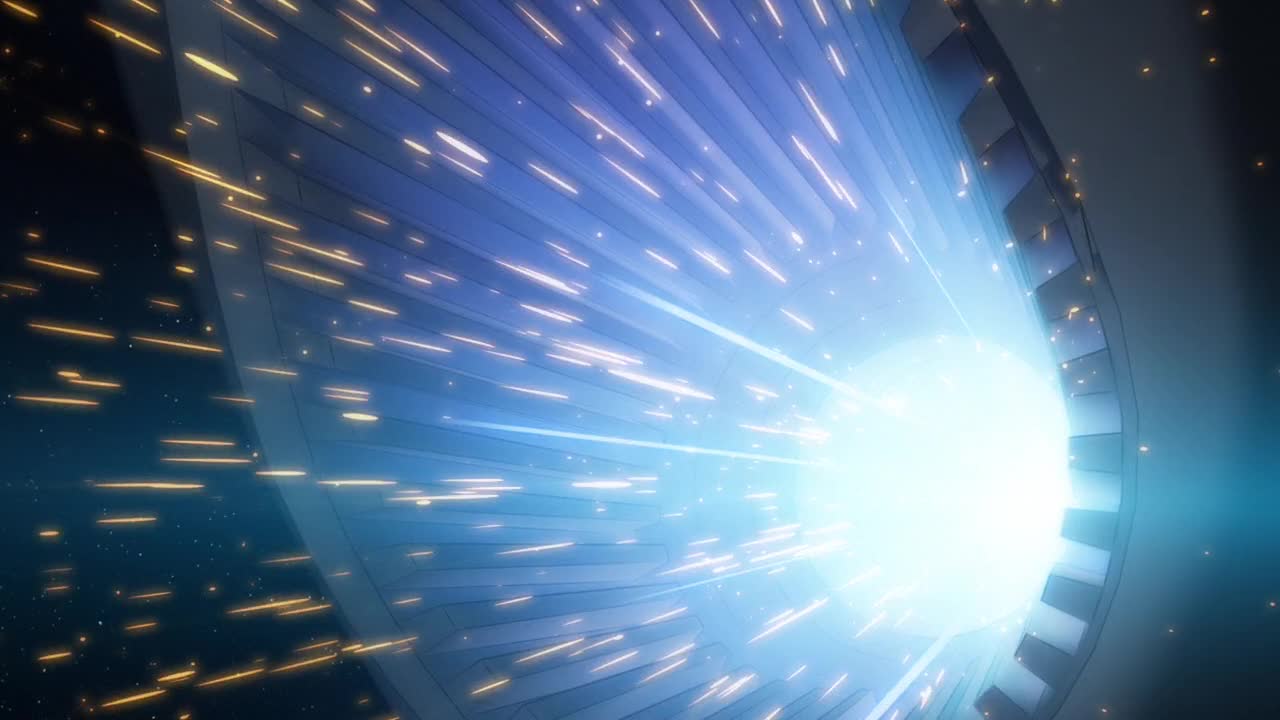 |
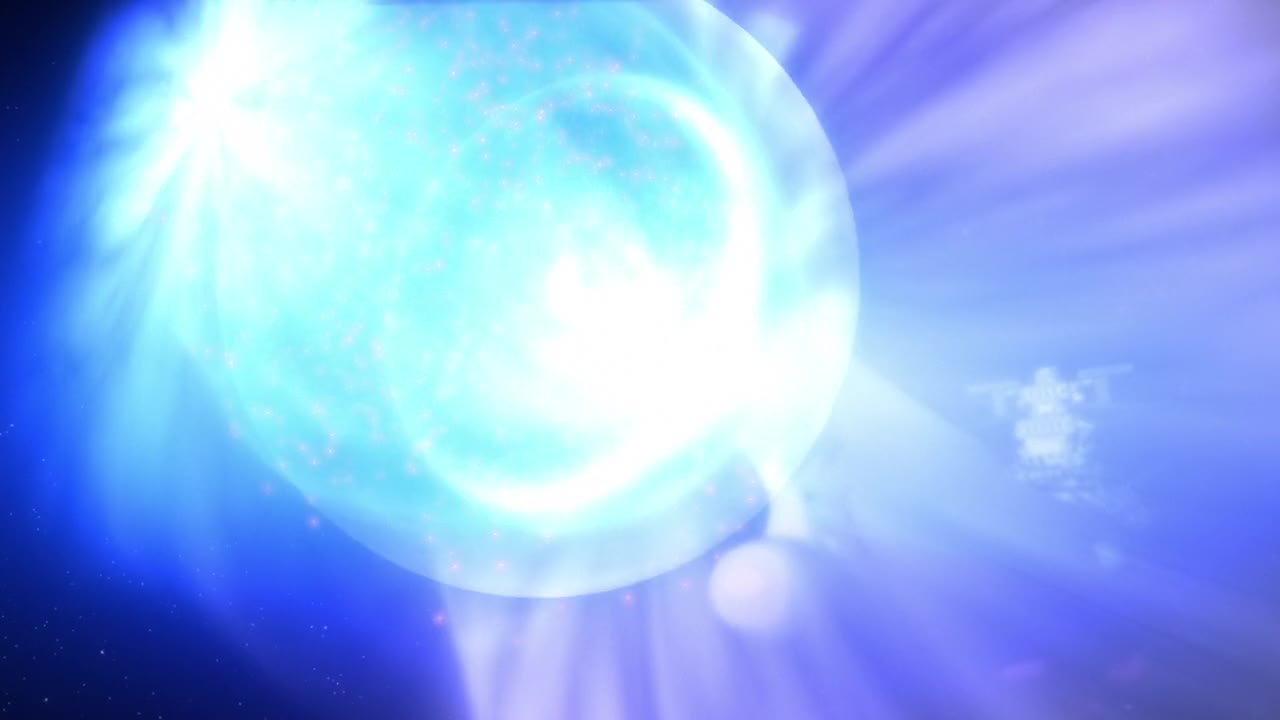 |
|
| If ever the expression “new and improved” meant something, here it is. | ||
Part 3: “Leaving our galaxy…”
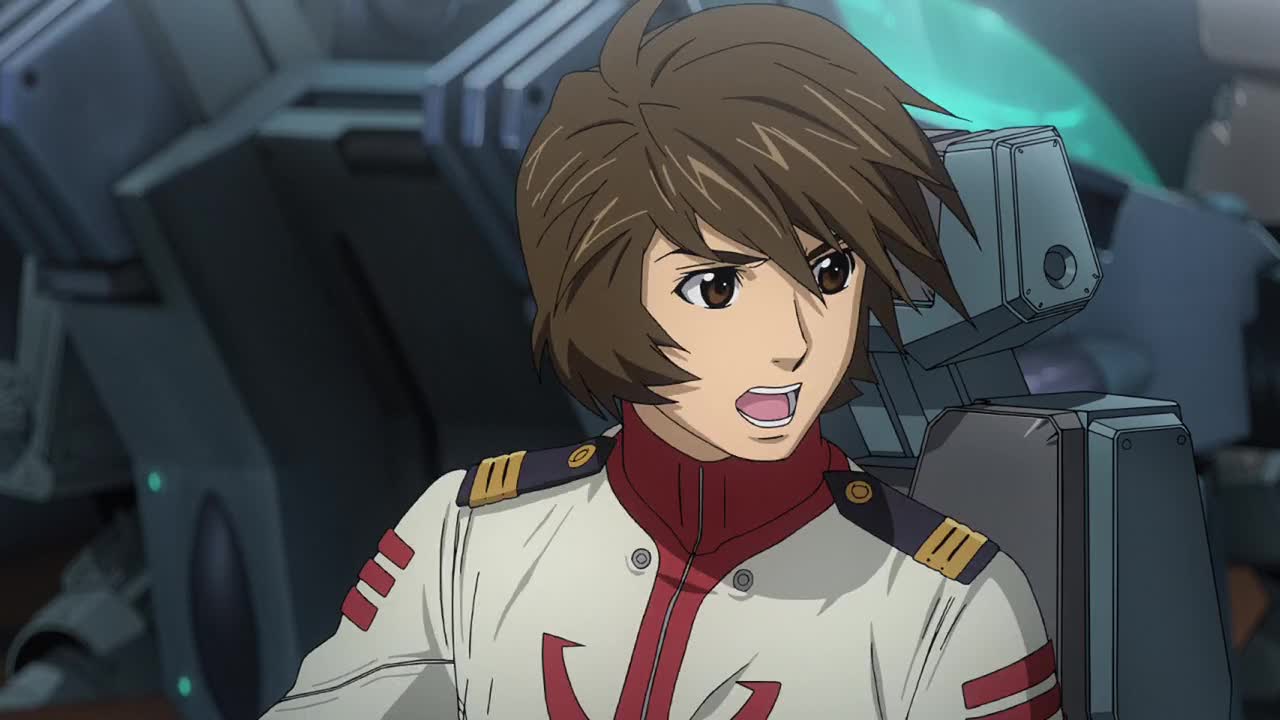 |
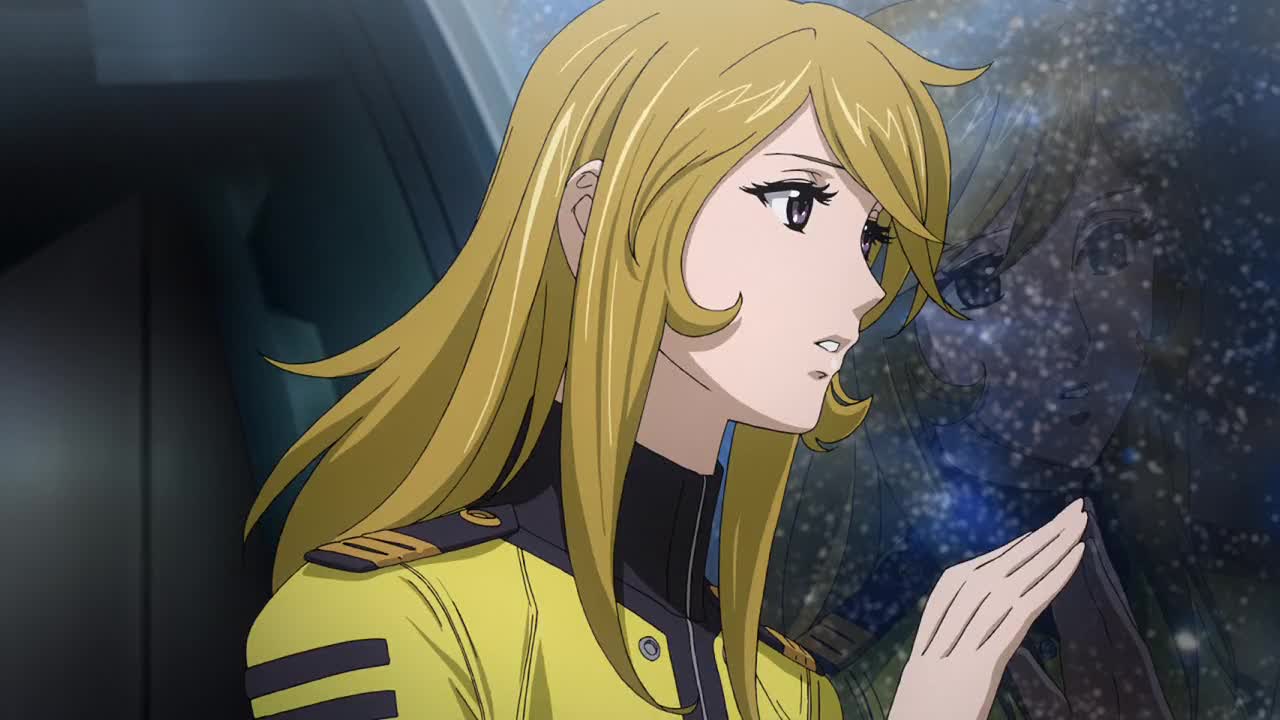 |
|
| Blink and you’ll miss these. Ok, we get it, Yuki is Yurisha… what?! She’s n…?! Oooooh!!! | ||
This last segment is perhaps the most simplified in the original. Basically there’s a rear 1/4 view of Yamato rising from bellow until it hits center frame. At that point in slowly pulls away with two disolves speeding the process.
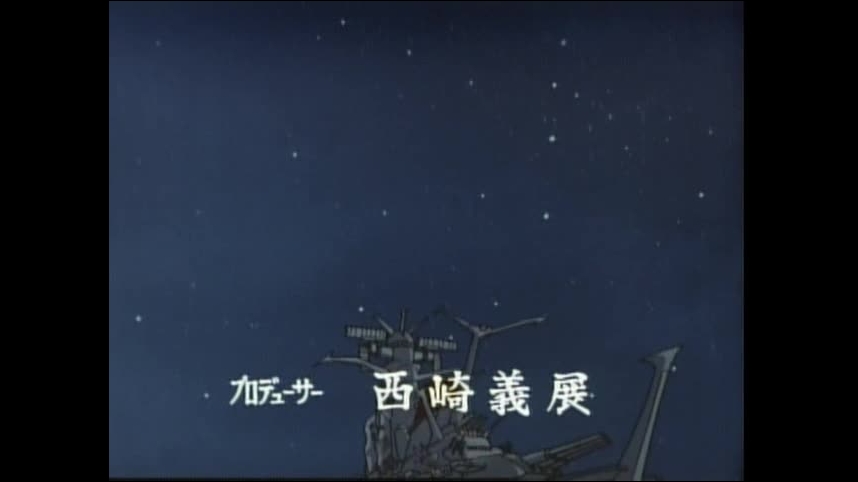 |
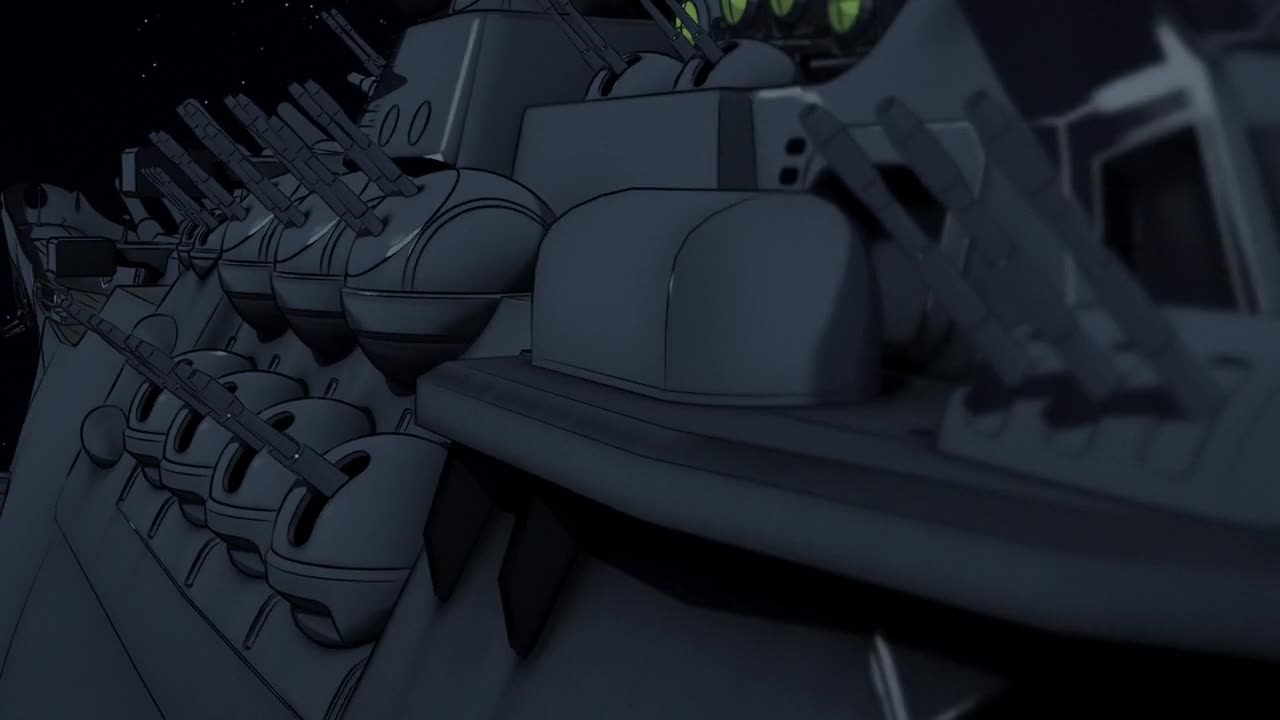 |
|
| Swoooooosh! 3D CG wins. | ||
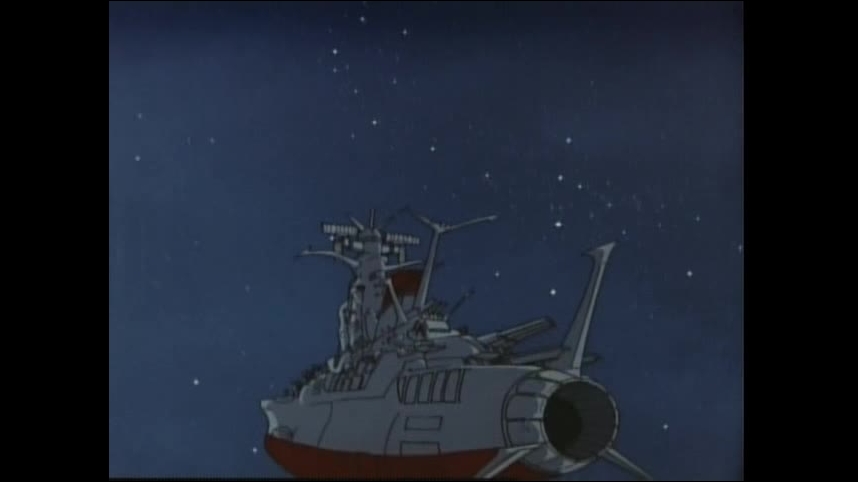 |
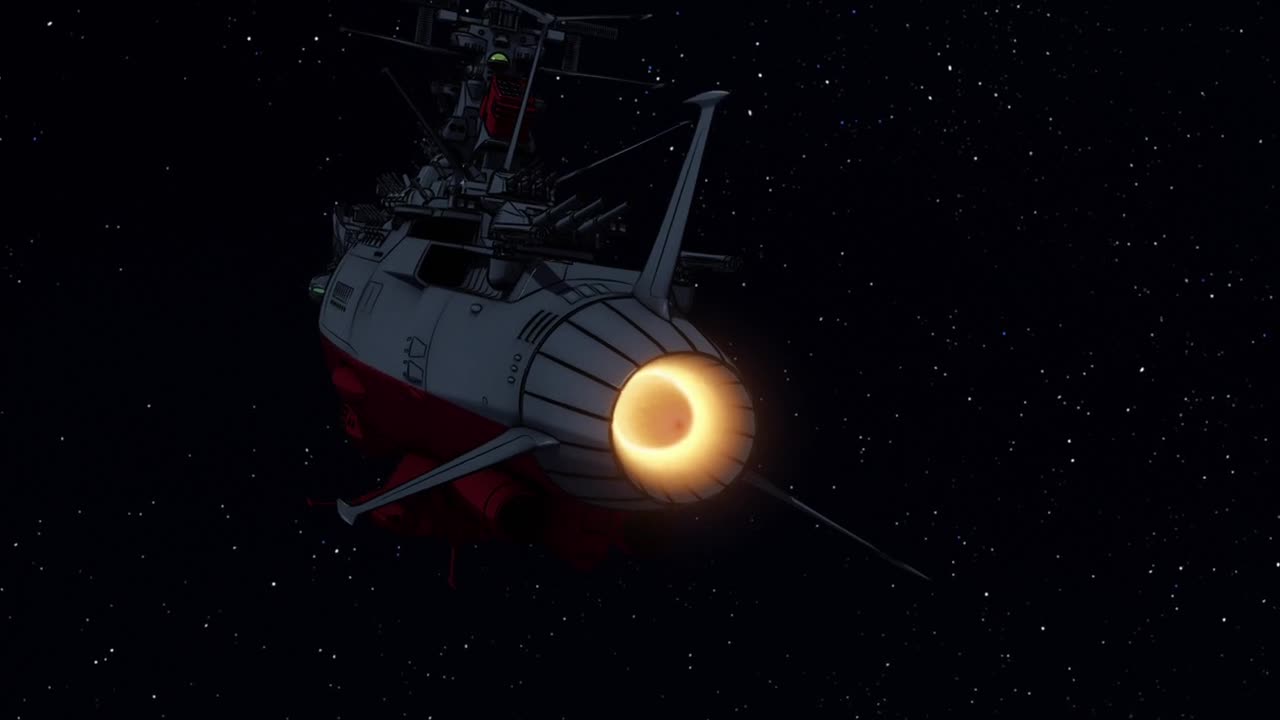 |
|
| Yamato aged really well in these 40 years. | ||
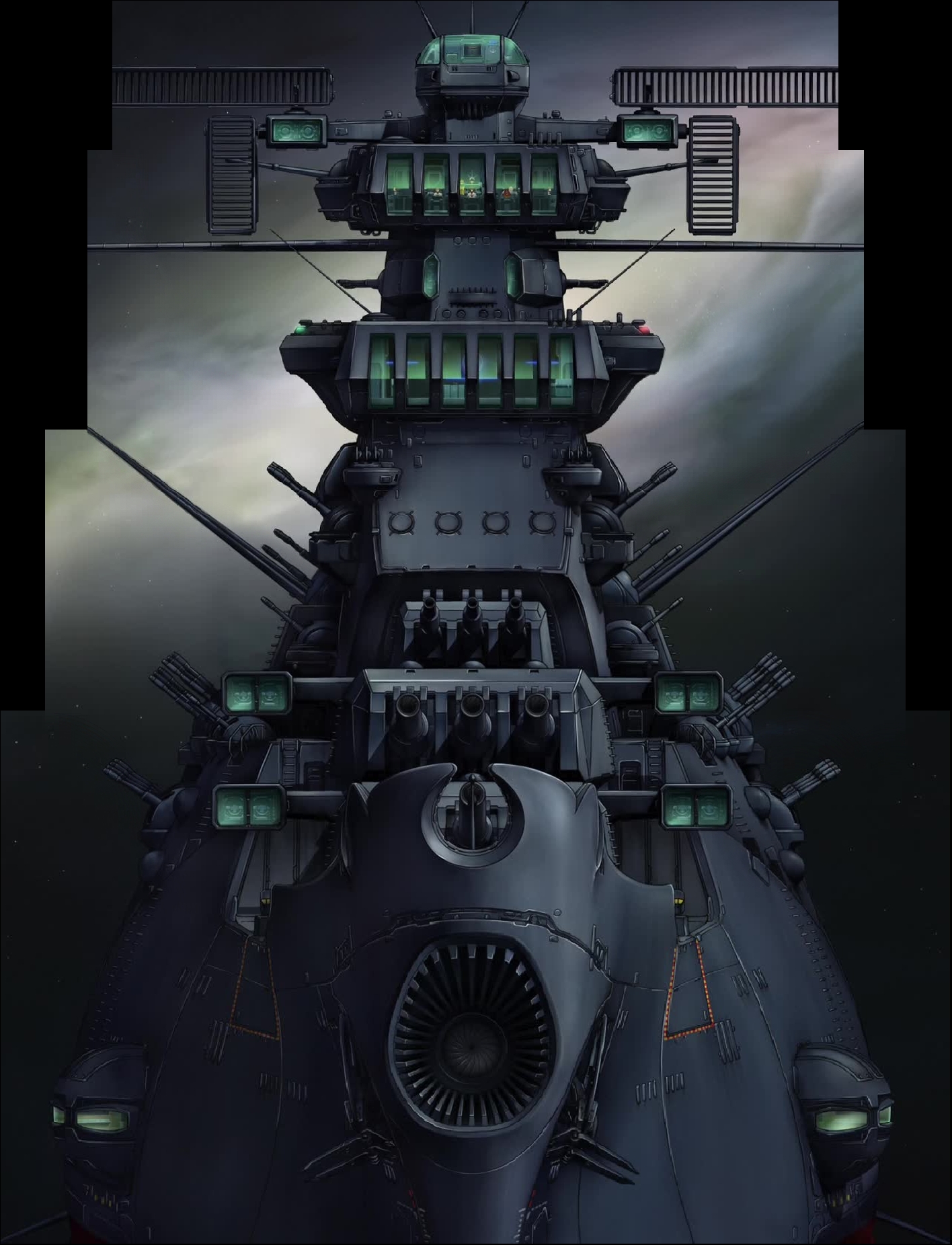
Again, the 2199 approach is more complex. We get a couple more shots of Kodai and Yuki, then a shot that matches at least part of the original with Yamato flying past camera toward center frame. An interesting gimmick with the shot of Yuki is to have her next to a window. We see her reflection, which foreshadows the whole Yuki/Yurisha story since Yurisha’s head design is basically a mirror image of Yuki.
Another few added cuts, starting with the image on the left, a super-detailed front view of Yamato, complete with crew on the bridge. This is the same illustration used in early promotion with only two small differences. The background, which in the promos was the red Earth, is replaced here by the Milky Way Galaxy. The other is almost imperceptible; Okita is now at his seat on the bridge instead of in his cabin. I know, I’m a geek. Sue me.
We then see Kodai, Shima and Ota at their posts with Yuki standing next to them. She and Kodai smile at each other. Cut to Okita as he raises his eyes and looks ahead.
The final shot gets back to mimicking the original as Yamato flies away from camera toward the Large Magellanic Cloud. Interestingly enough, while the second version of the opening sped up the initial section to fit the music, they hold a bit longer in this final shot, rendering the length of both versions exactly the same.
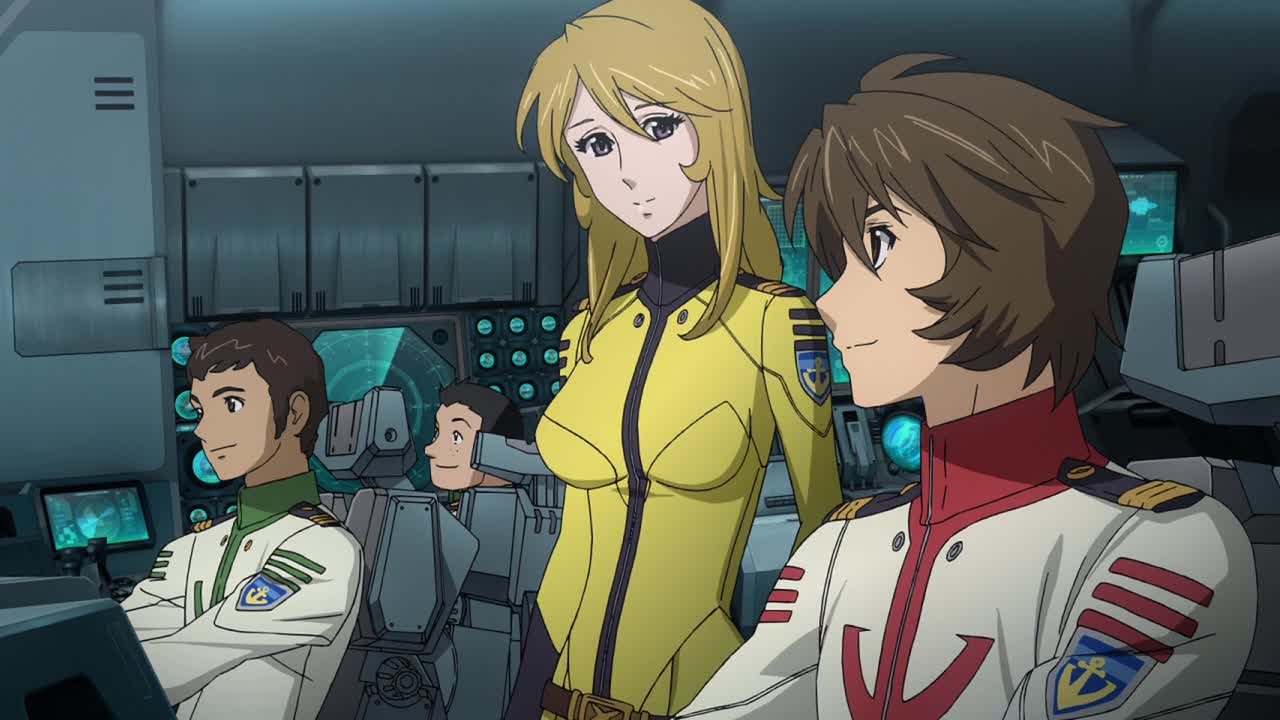 |
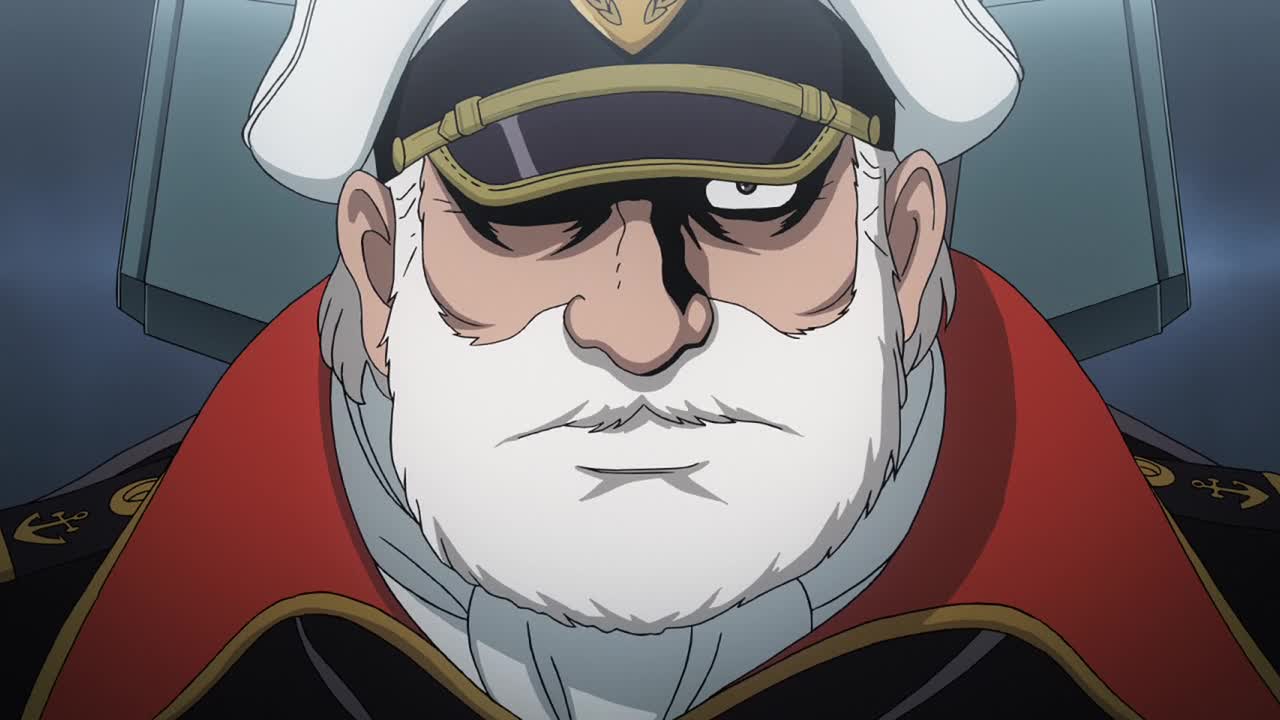 |
|
| Ota’s happy he’s part of this. Okita is… Okita. | ||


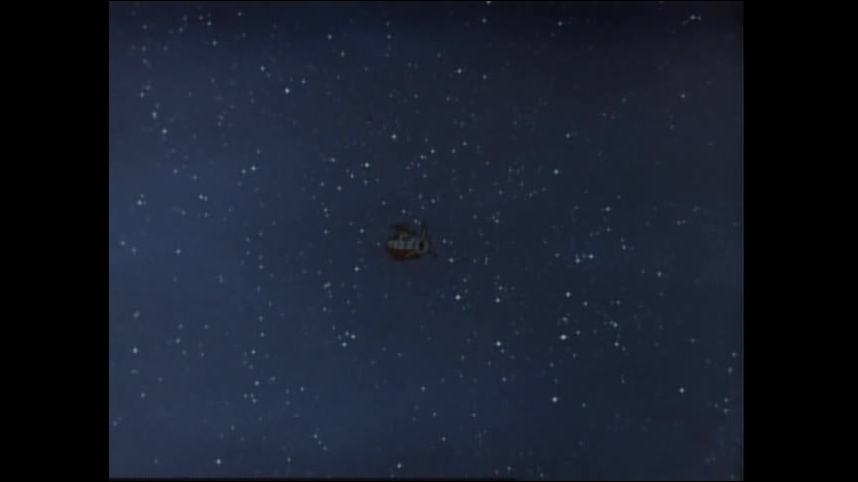 |
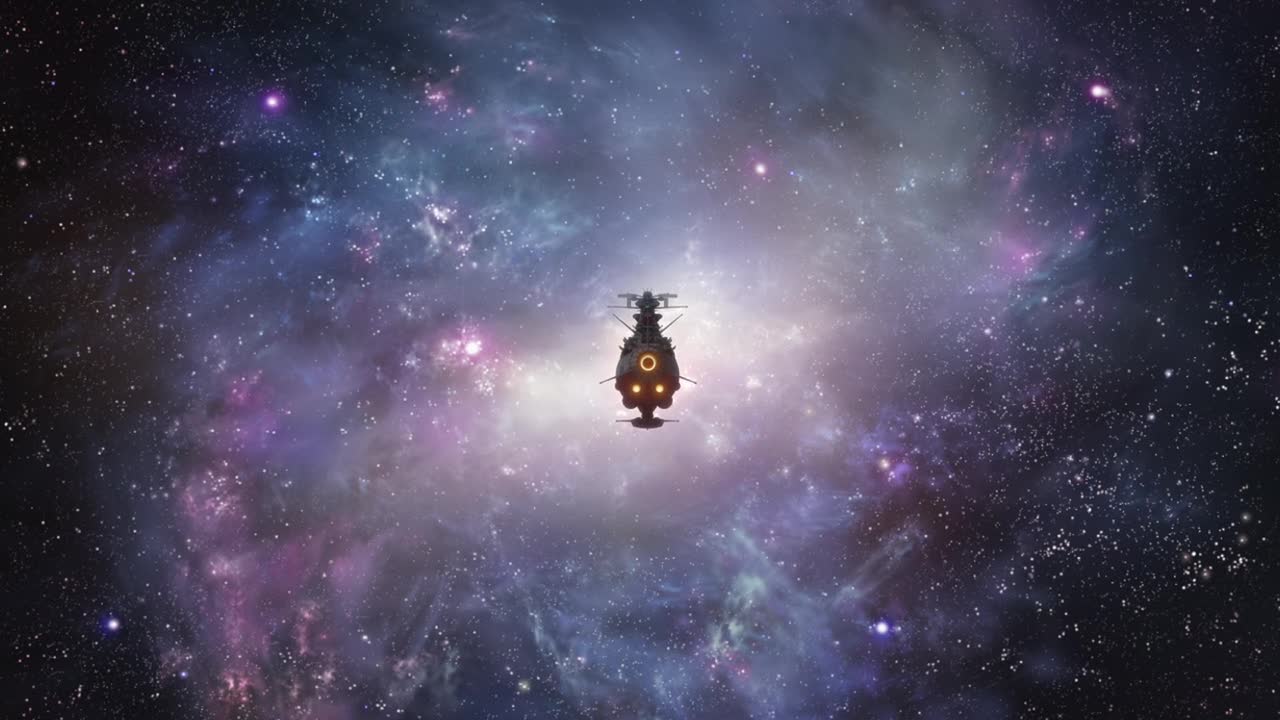 |
|
| Aaaaaaah-ah-ah-aaaaaaaaaaaah! | ||
For more on the opening, click here to read a discussion between Izubuchi and Anno about its production.
RELATED LINKS:
Opening Credit Sequences:
Original Series OP Version 1
Original Series OP Version 2
Yamato 2199 OP Version 1
Yamato 2199 OP Version 2
Fan Edits:
Version 1
Version 2
Version 3

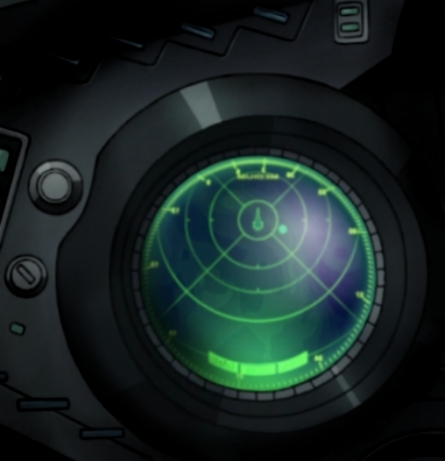
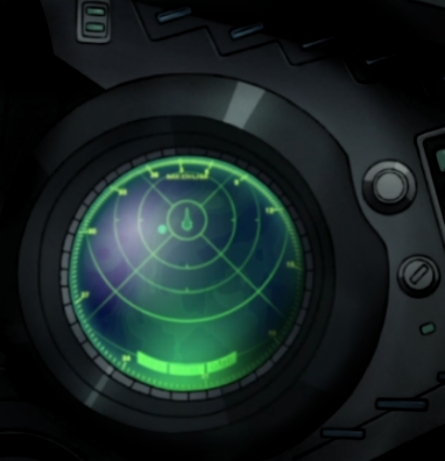
Excellent work as always, Luis.
The 2199 opening sequence is what first clued me in that this remake might just be faithful to the original. That starboard tilt and the turret locking into front place was dead-on.
BTW, Kodai giving the “let’s go” sign isn’t the only tribute to Star Blazers. So is that Wave Motion Gun shot, which was in the SB ending sequence. I’ve got an idea in my head to recreate the shot of the WMG, using footage from 2199’s Episode 3. It would be sync’ed with the closing music.
Speaking of the music, it’s just an improved, yet more refined version of the original, and it sounds really good. Also, in the 1974 Space Battleship Yamato, Episodes 1-3 also had the acapella version, transitioning to the “marching intro” in Episode 4, and then going back to the acapella version in Episode 21. The acapella version’s kinda haunting, actually. It gives a certain “gravity” to the whole situation that the Yamato’s facing.
So far, 2199 rocks.
–SYG
SYG, What source do you use for which OP is used where? I ask because it is inconsistent across media – the 2012 Blu-Ray remaster has a much different layout – three different OPs:
– The first seven episodes start with what Star Blazers fans would be most familar with, the complete fanfare version;
– Episodes 8-11 begin with an eyecatch-style stinger, before fading into the SBY OP, a-la Yamato 2’s opening;
– Episodes 12-20 revert to the classic OP;
– Episodes 21 through 25 go a capella (Episode 22, the Rainbow Cluster battle, has no OP and the a capella is used as the ED instead); and
– Episode 26 has no OP nor ED.
They’ve clearly changed the order over time, and only those who watched the original TV broadcast can tell us which sequence is actually as per the TV show, and only those involved in the production of the home video releases can tell us why they changed. I wonder what was used in the original broadcast.
where did you get the images for the title sequence, because in everything I find there are credits over them.
One of the Japanese Blu-rays had a non-credit version as a bonus feature.